32 ways to help your garden bloom throughout the seasons
Follow our advice for a thriving, vibrant outdoor space
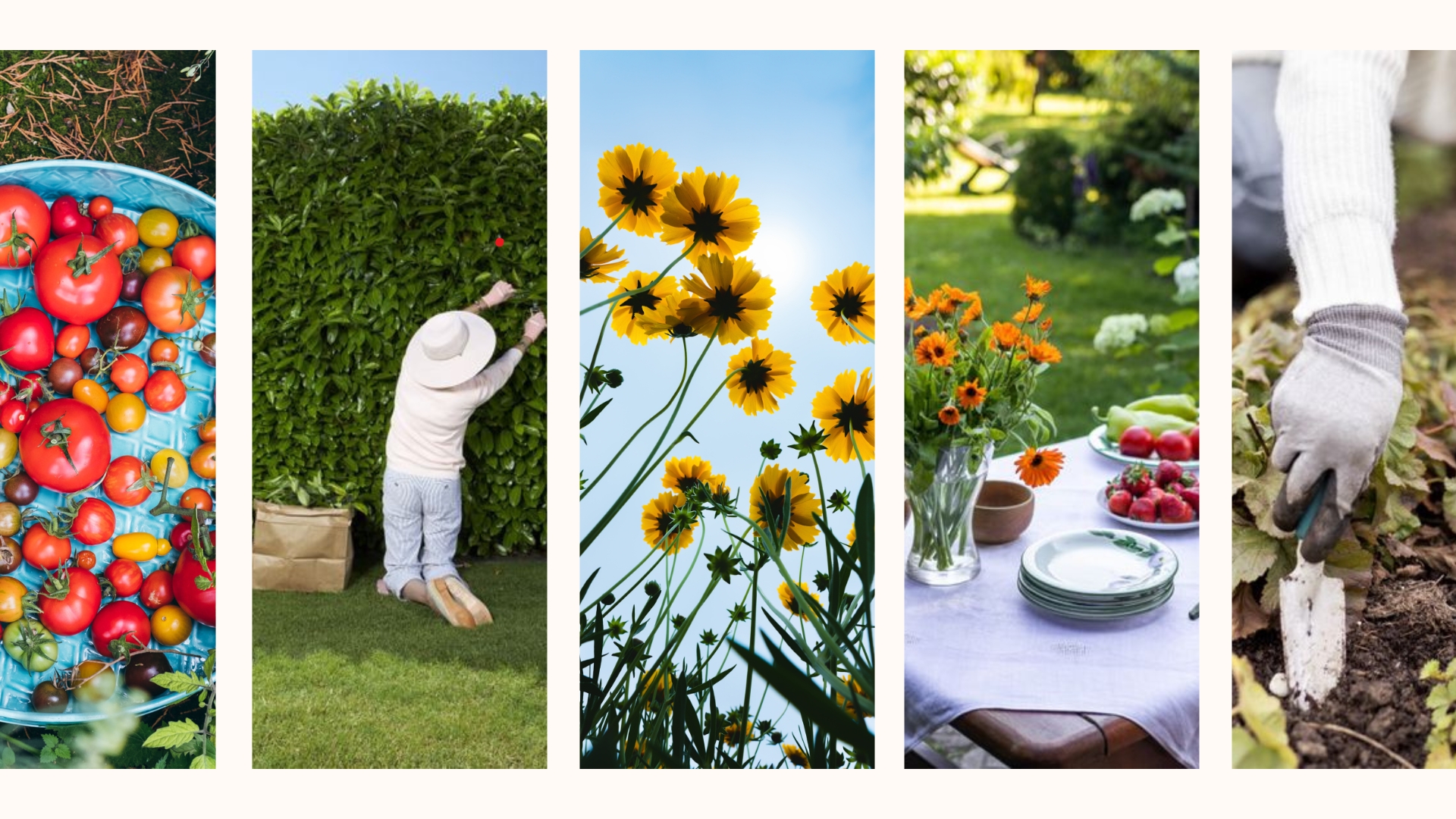

Gardening is one of the great joys of life for many. It is a mindful and relaxing practice that helps create a beautiful outdoor oasis in your home.
By following a few simple golden gardening rules, you can get the most out of your flowers and plants, adapt your approach to the seasons, and keep garden menaces like weeds and pests at bay.
Here are 32 ways to help your garden bloom throughout the seasons, from handy gardening tips and tricks to encouraging more biodiversity. Spades at the ready.
32 ways to help your garden bloom all year round
Keep on top of weeds
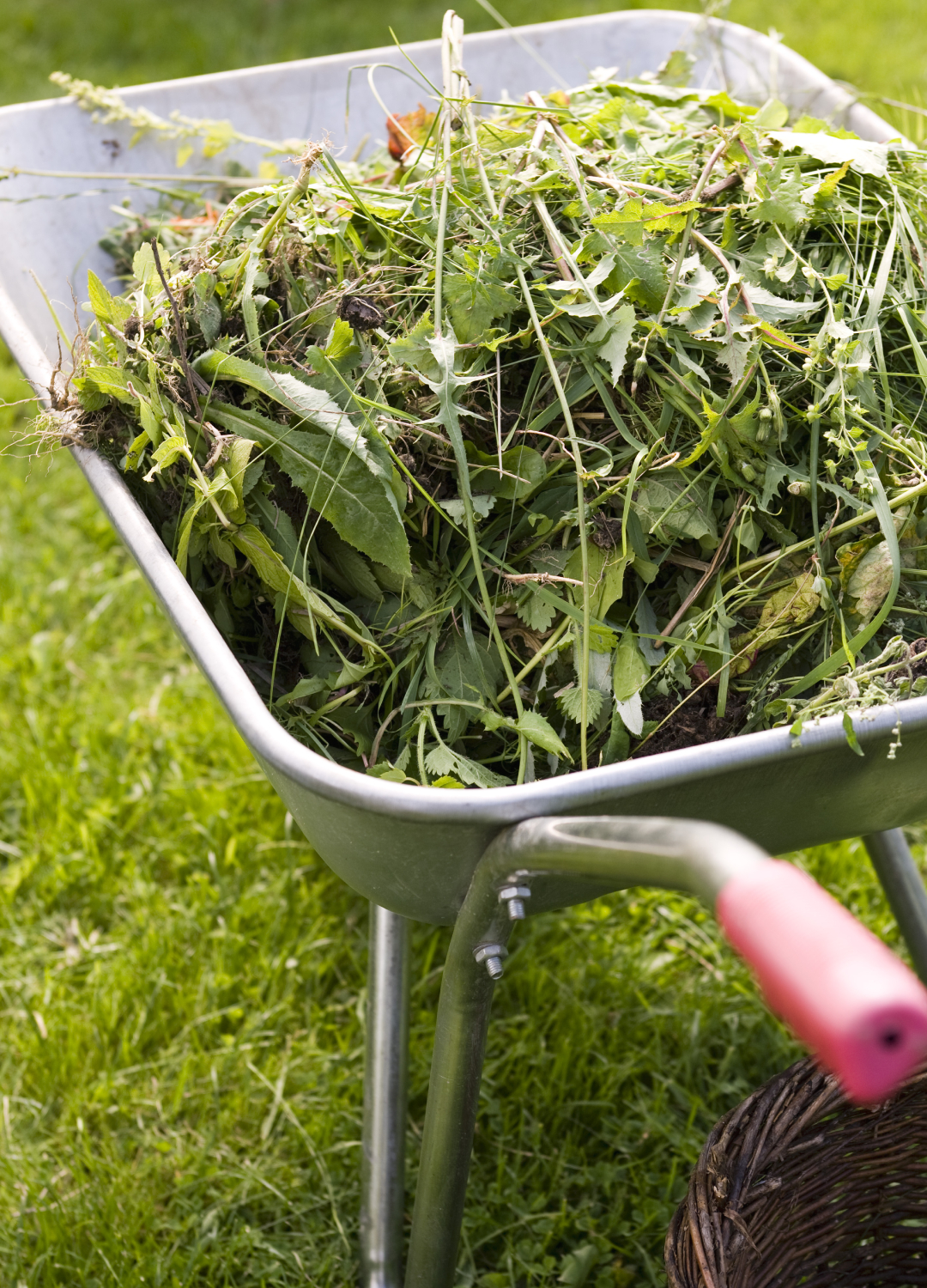
Weeds don't just look unsightly, they also use up water in the soil and harbour pests. Keeping on top of weeding is a surefire way to boost your garden's health. Commit to regular hoeing or pulling weeds out by hand (make sure you invest in some gardening gloves first!).
Add some mulch to soil
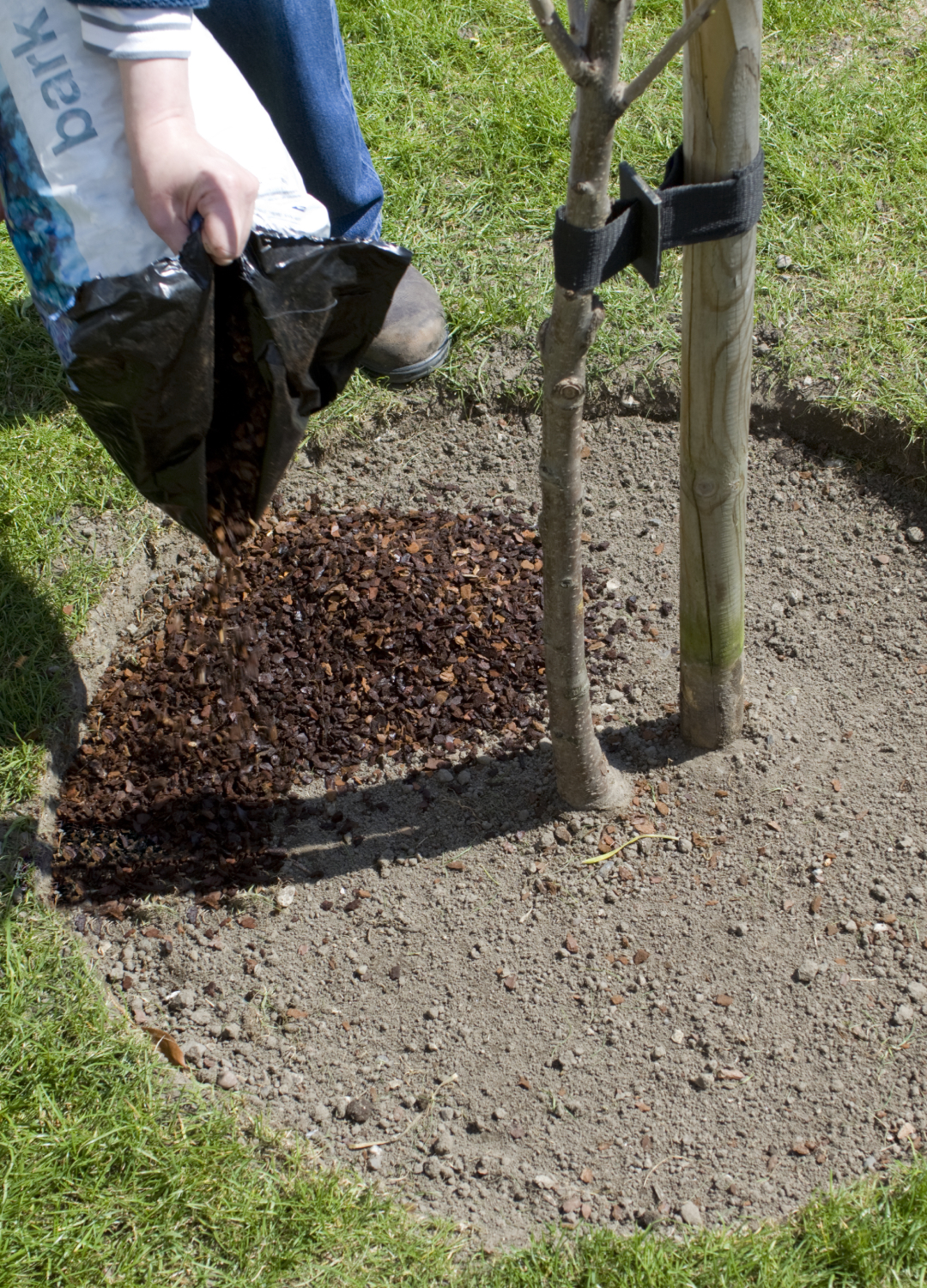
'Mulch' refers to a layer of material that's applied to your soil to prevent weeds and stop any that have already germinated from growing further. If you do have a bit of a weed problem, it's worth considering this process.
Give your plant enough light
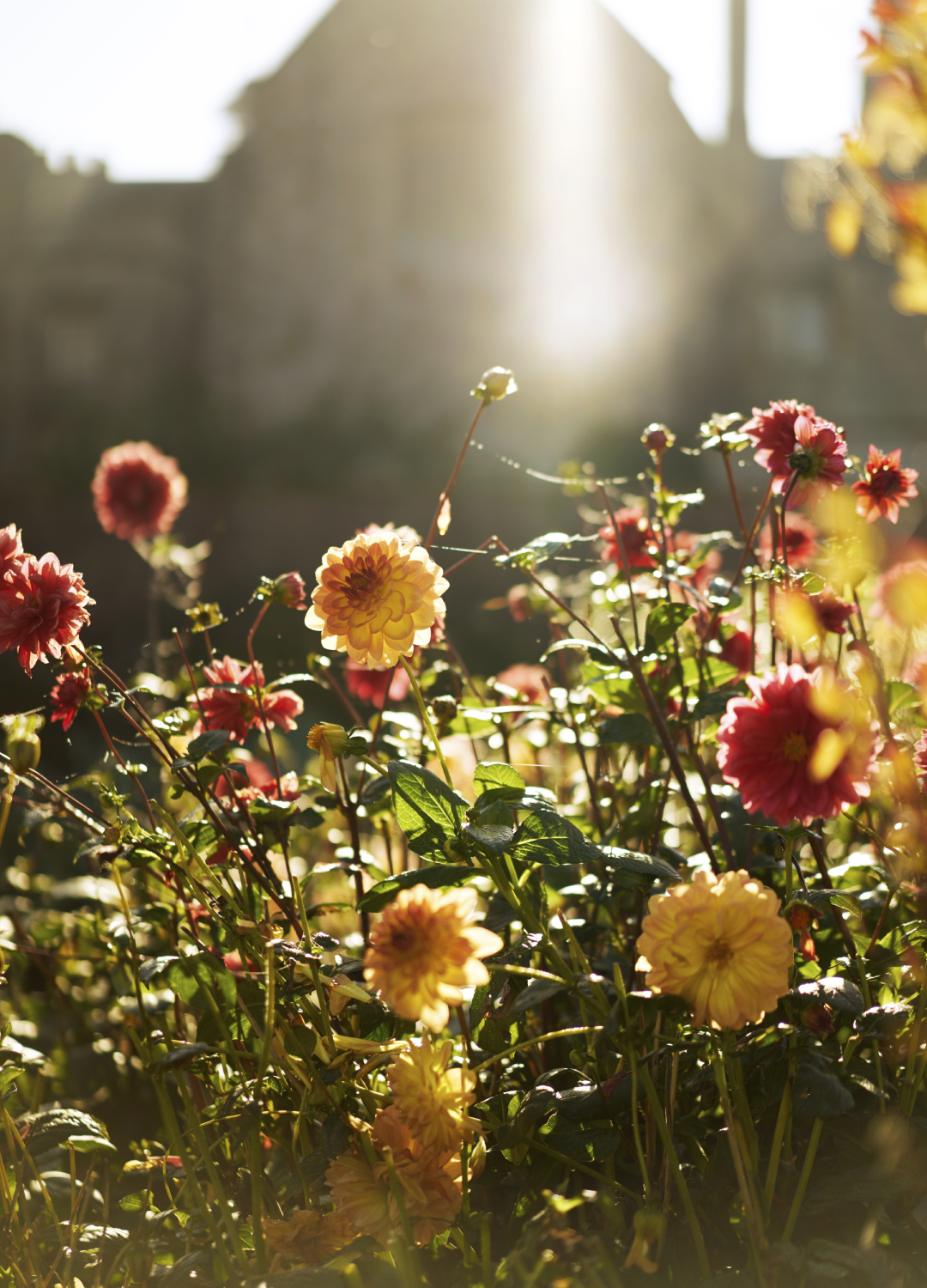
You'll need to do your research to work out which plants need more sunlight than others. Typically, plants need at least three hours of sunlight a day, but some need even more than that and thrive in constant sun. This will help you plan where to plant your flowers.
Protect your plant from the other elements
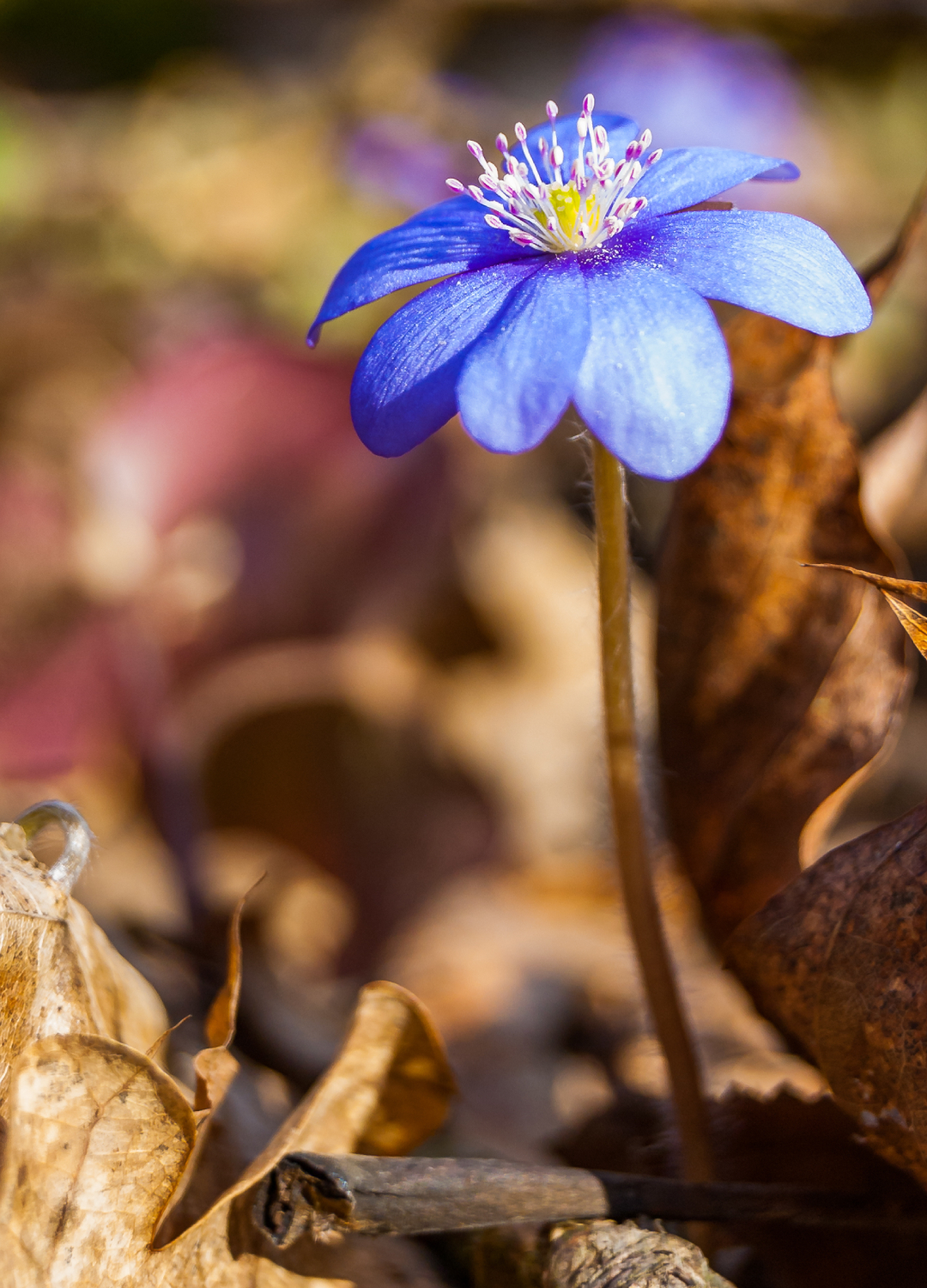
Winter can be challenging for plants and flowers, so it's worth checking how to protect your plants best once the colder weather sets in. Wind can also wreak havoc with plants by making them shed leaves and flowers and can uproot trees and shrubs.
Sign up for the woman&home newsletter
Sign up to our free daily email for the latest royal and entertainment news, interesting opinion, expert advice on styling and beauty trends, and no-nonsense guides to the health and wellness questions you want answered.
Discourage slugs
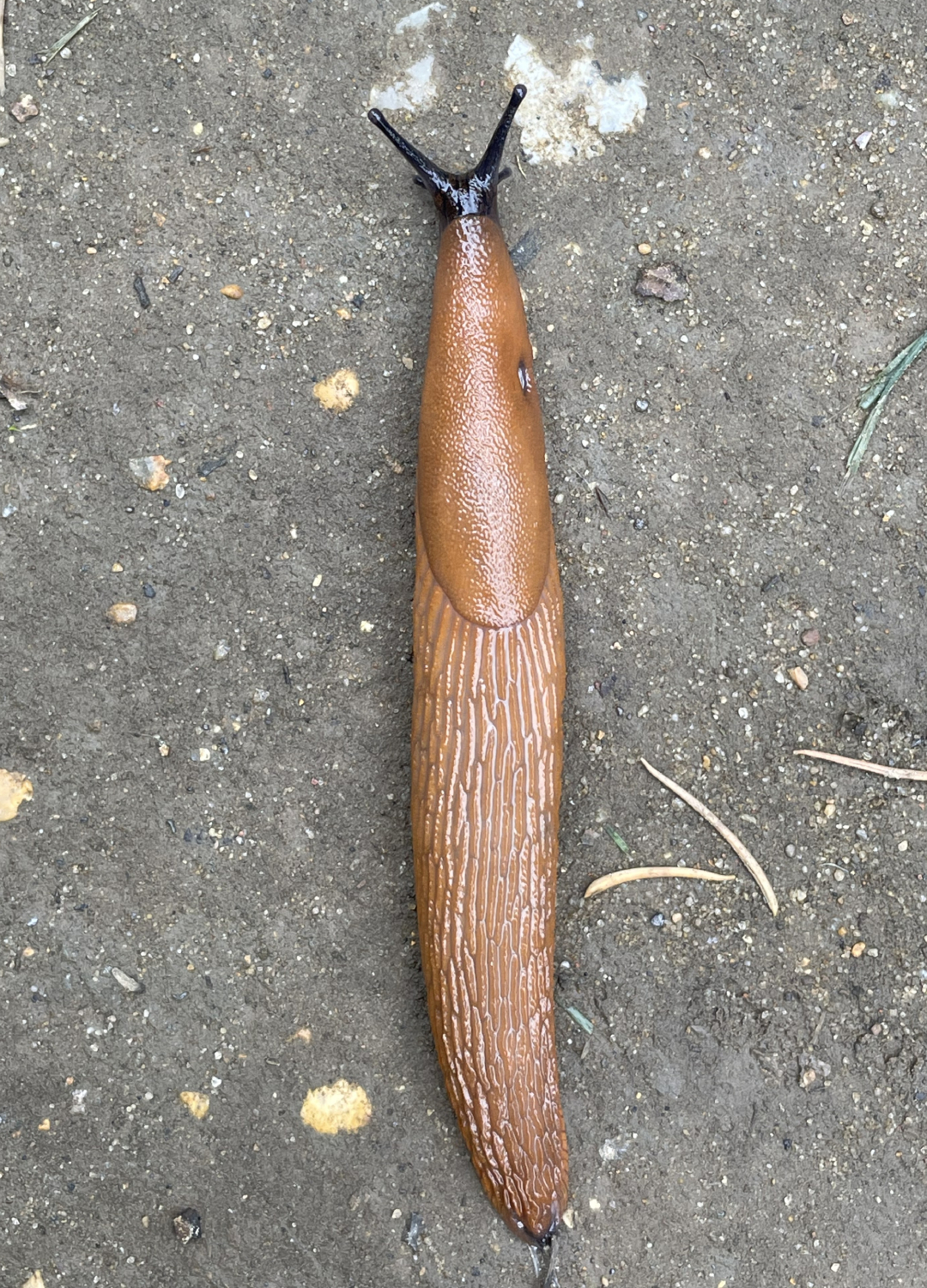
Slugs are bad news for plants. They feast on plant tissue, particularly seedlings and soft growth, so they can be detrimental to flowers, particularly when they're in their early stages. Protect against slugs using wood ash in vulnerable areas or organic slug pellets.
Cut back herbs
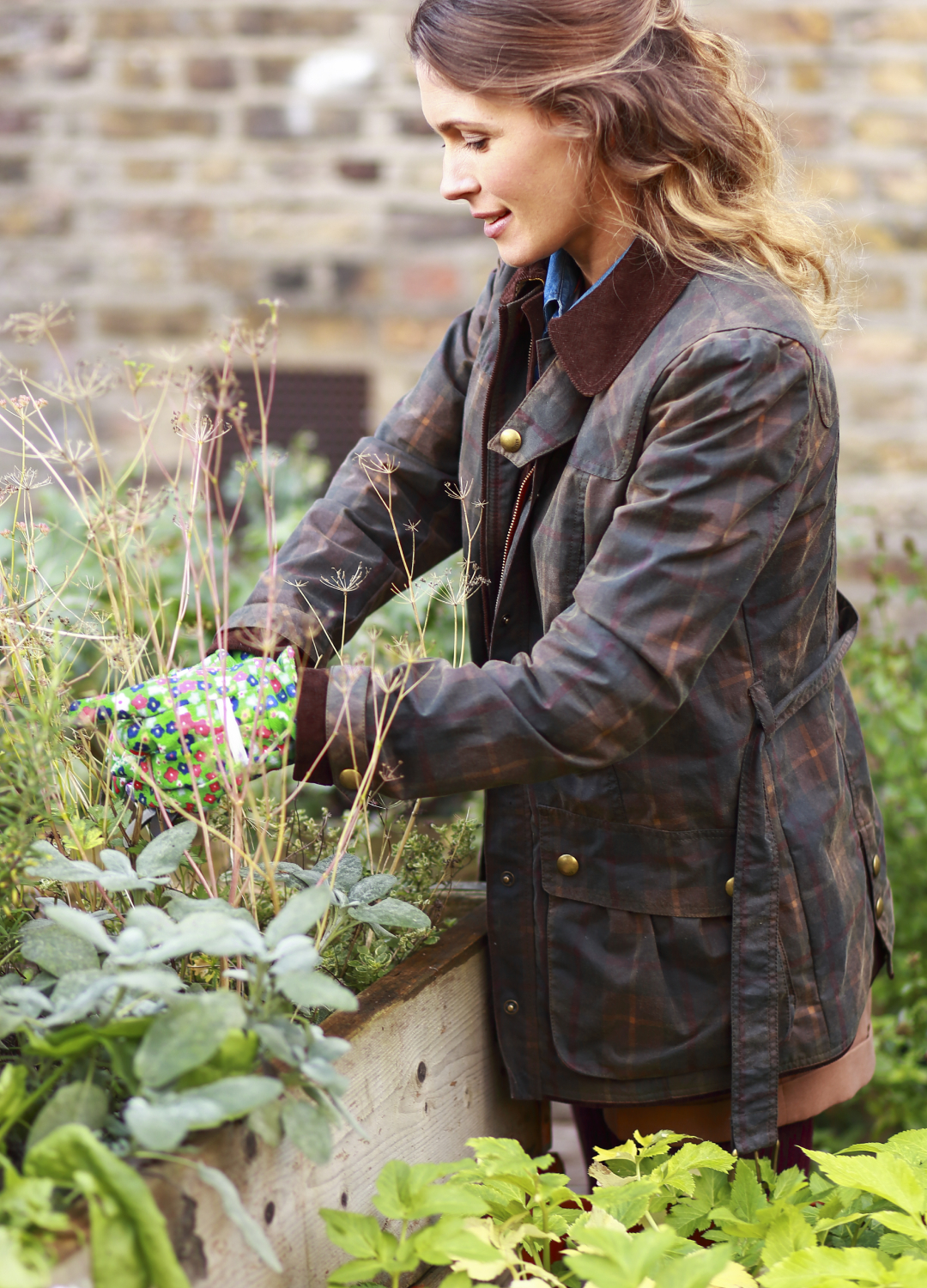
Herbs are a wonderful addition to a garden, but they can also easily become untidy and unruly. This is easily fixable with a regular trim that will encourage healthy growth and softer, more vibrant leaves.
Don't overwater your plants
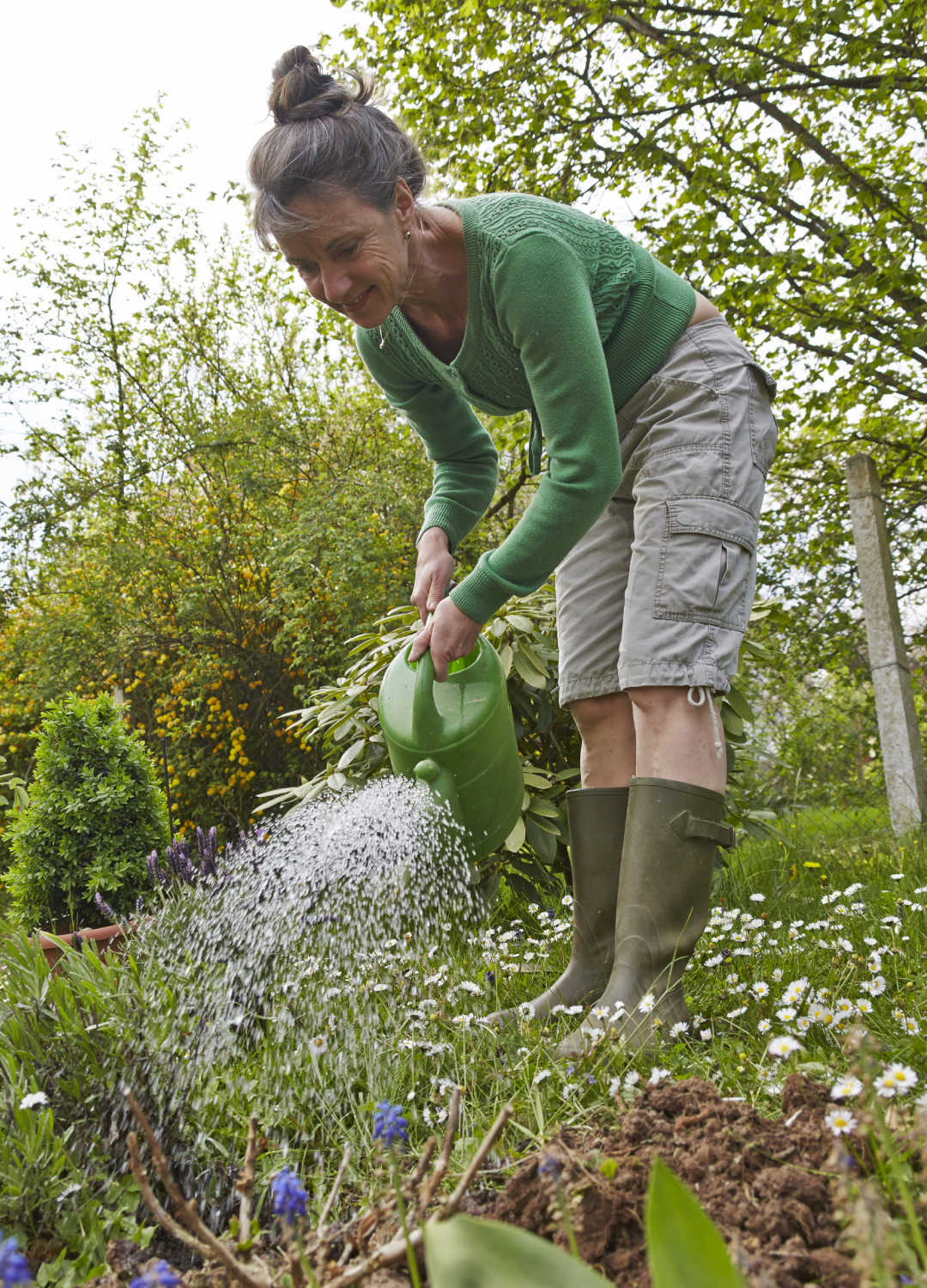
It can be tempting to douse our plants in water and ensure they are as hydrated as possible, but sometimes, there can be too much of a good thing. Saturating the soil with water can deprive roots of oxygen and cause root damage.
Keep pruning your plants
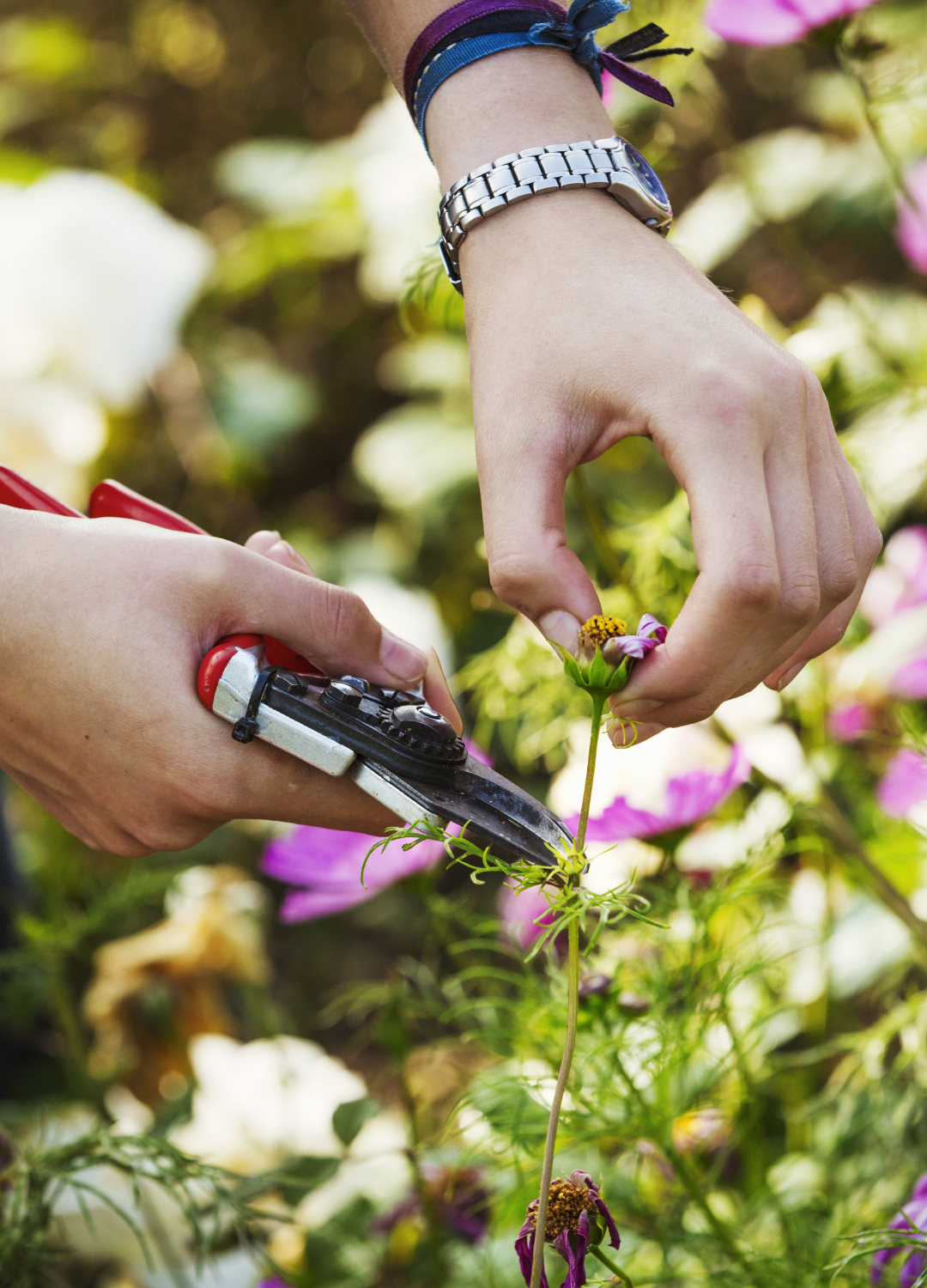
Don't be afraid to prune! Ensure you remove dead flowers, petals, leaves and foliage regularly to keep your plants and flowers in optimum condition. When it comes to the transition from winter to spring, some plants will flower on last year's growth, while others need to be cut back completely. It's worth checking online for the best way to care for individual plants and flowers.
Keep on top of deheading spent flowers
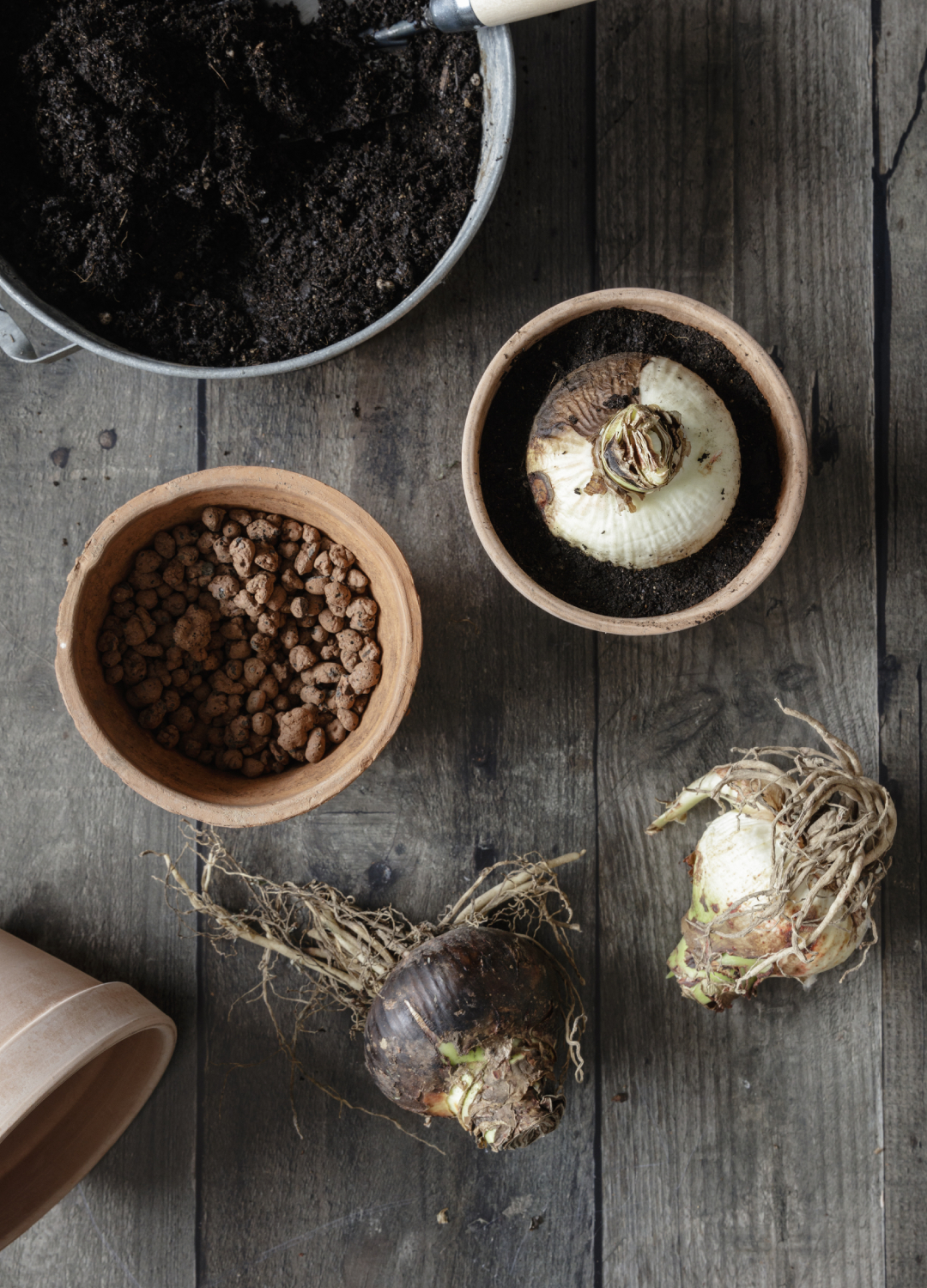
Deadheading refers to the process of removing dead or fading flowers from plants and will keep them flowering throughout the summer and beyond. Deadheading bulbs also encourage plants to continue to flower rather than produce new seeds.
Make sure to prune your hedges
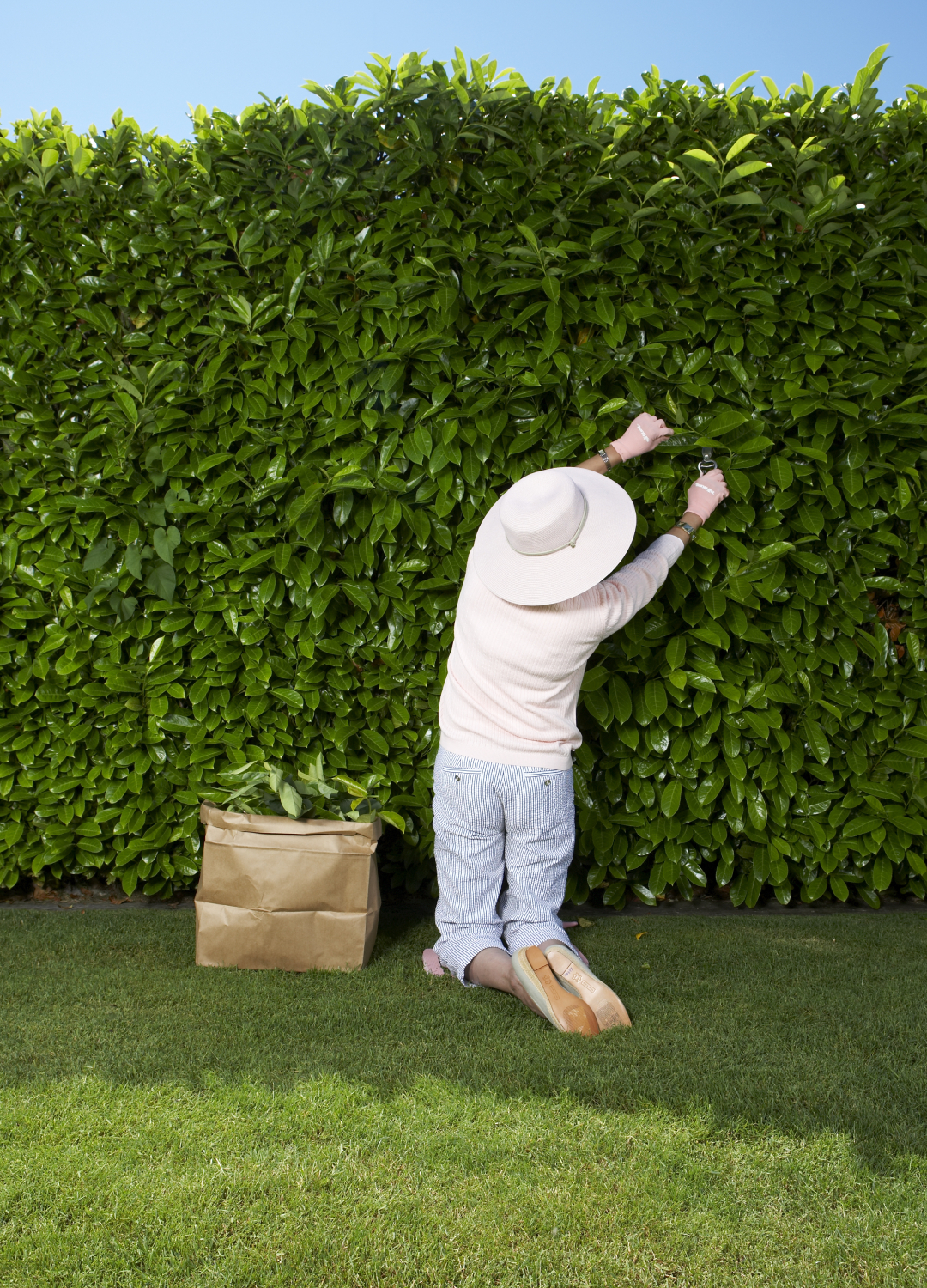
Hedges are the building blocks of a beautiful garden and should be kept in good condition through regular pruning, particularly during the first couple of years after planting. As a simple guide, it's best to prune new deciduous hedges in winter and new evergreen hedges in spring.
Before the summer, perform a soil test
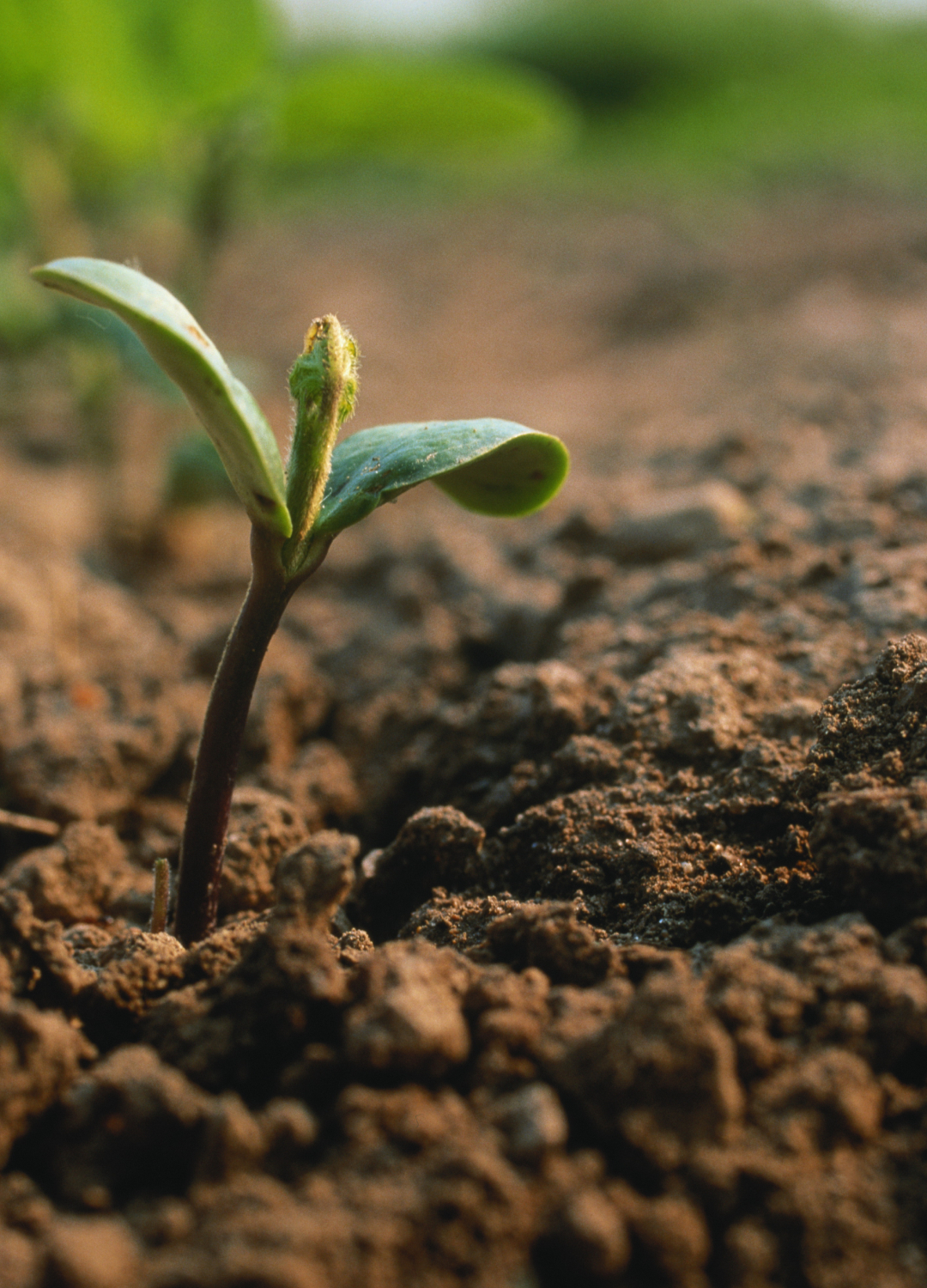
A soil test will check the pH level of the soil before planting and flag any nutrient deficiencies so you can treat it beforehand. You can order a soil test online and they're simple to carry out at home.
Acclimatise your plants
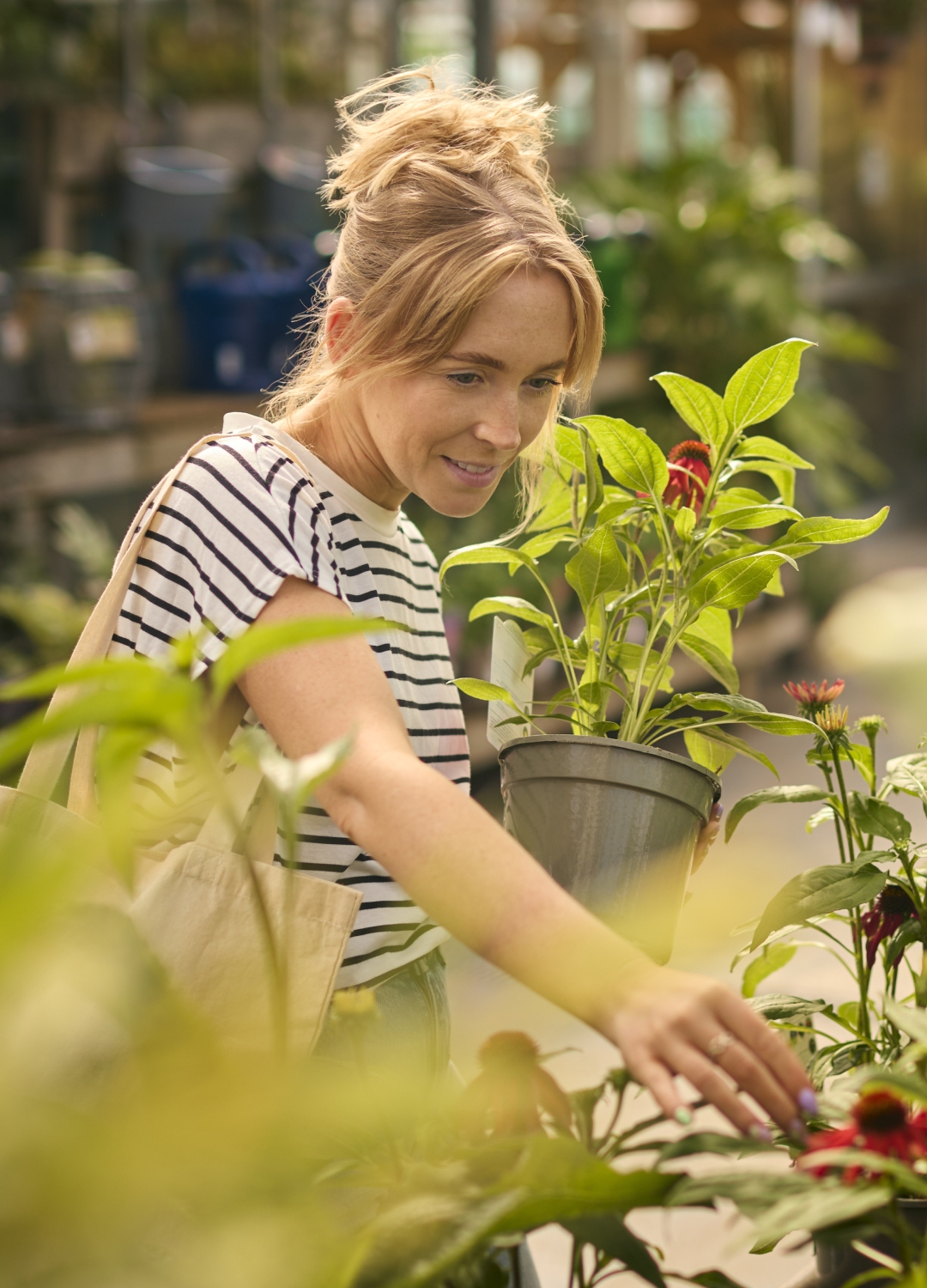
Sometimes called 'hardening off your plants', acclimatising plants and shrubs before planting them in the garden will help them flourish. Place plants outside for a few hours a day to get them gradually used to the cold, wind, rain and sun.
Water deeply rather than frequently
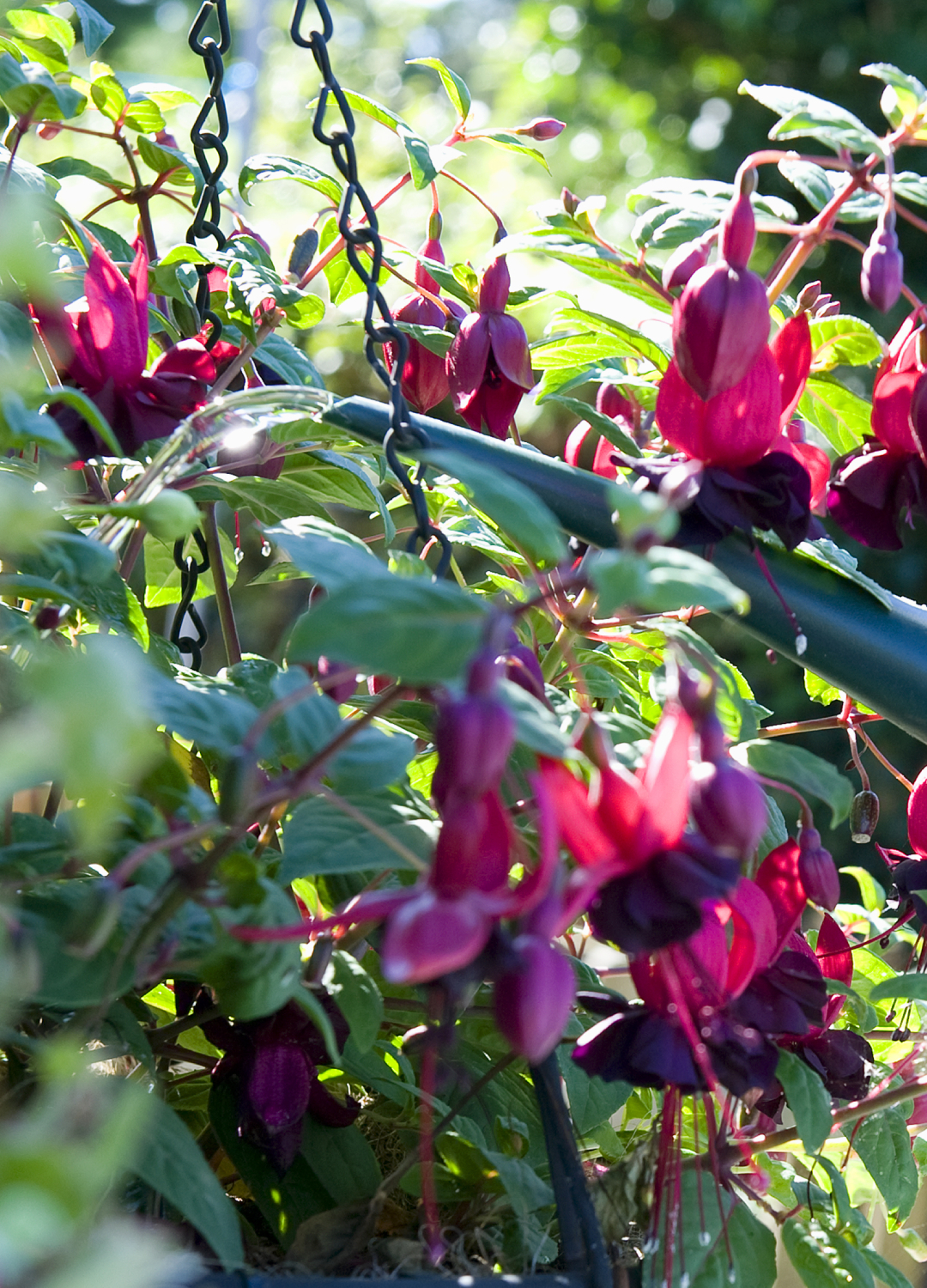
Rather than oversaturating your plants with regular watering, give them a heavy dose of hydration less often to encourage deep-root growth. The idea is to help plants absorb more water and withstand drought.
Invest in some bloom booster
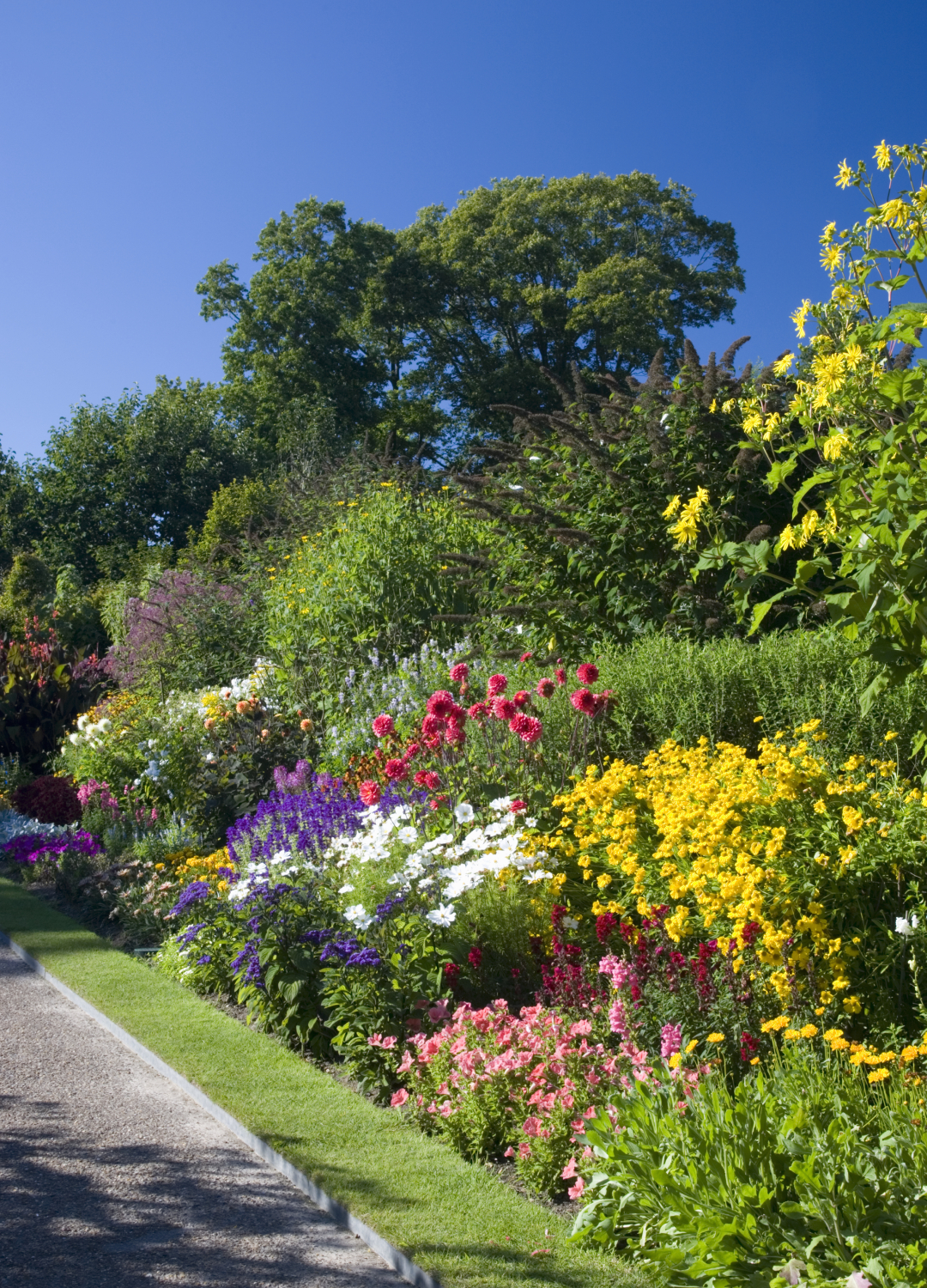
If your plants need a bit of a helping hand, investing in some bloom booster can help them flourish. Bloom booster is a powerful bloom stimulator that helps to increase mineral uptakes and should be applied to the soil around the plant. Always check the individual product's instructions when it comes to boosting your blooms.
Clean your gardening tools
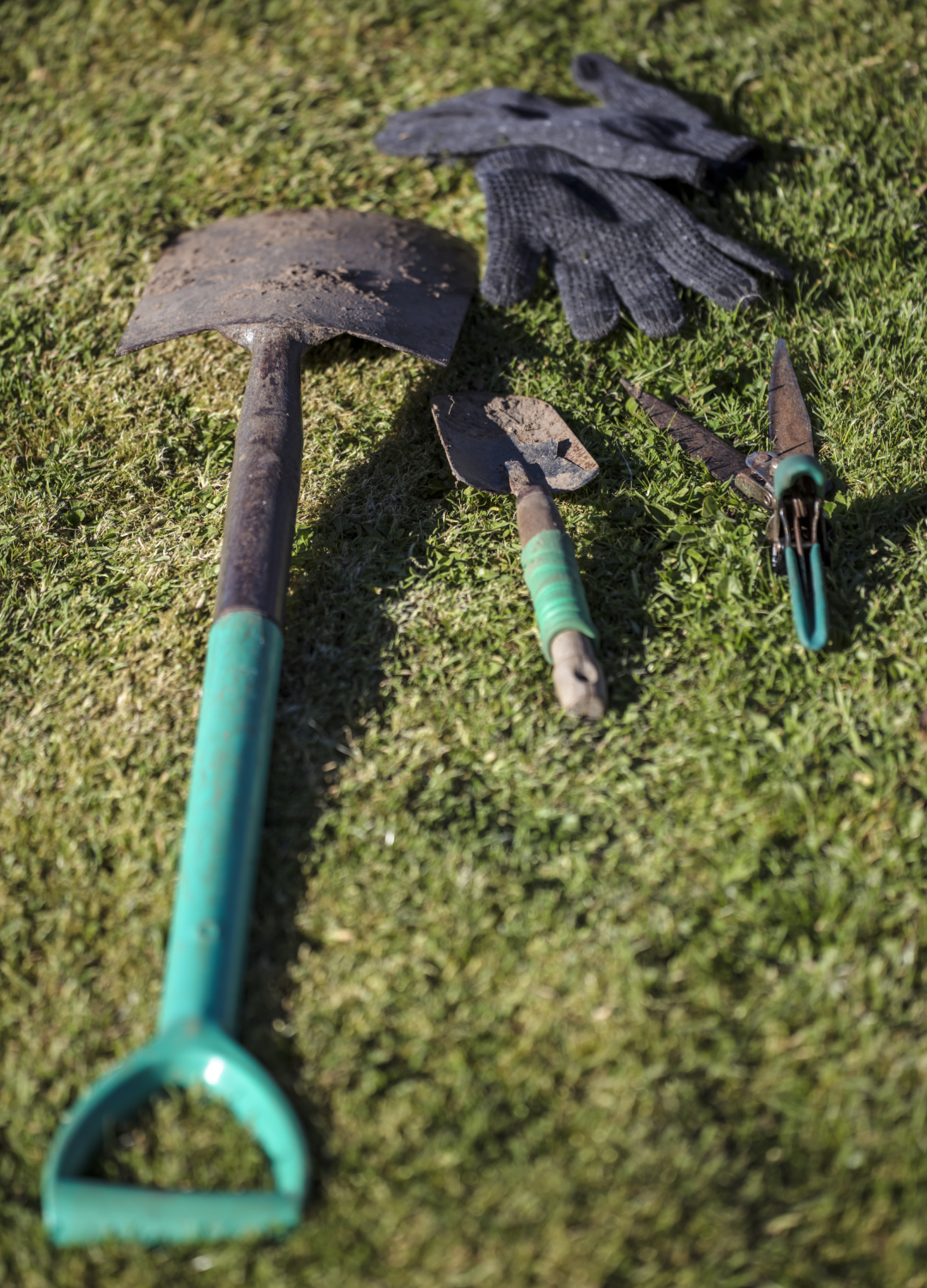
Your gardening tools are the key to success when it comes to creating a thriving outdoor space. Invest in tools that come with good reviews and feel good to use and ensure you keep them clean to control disease among plants.
Try raised beds
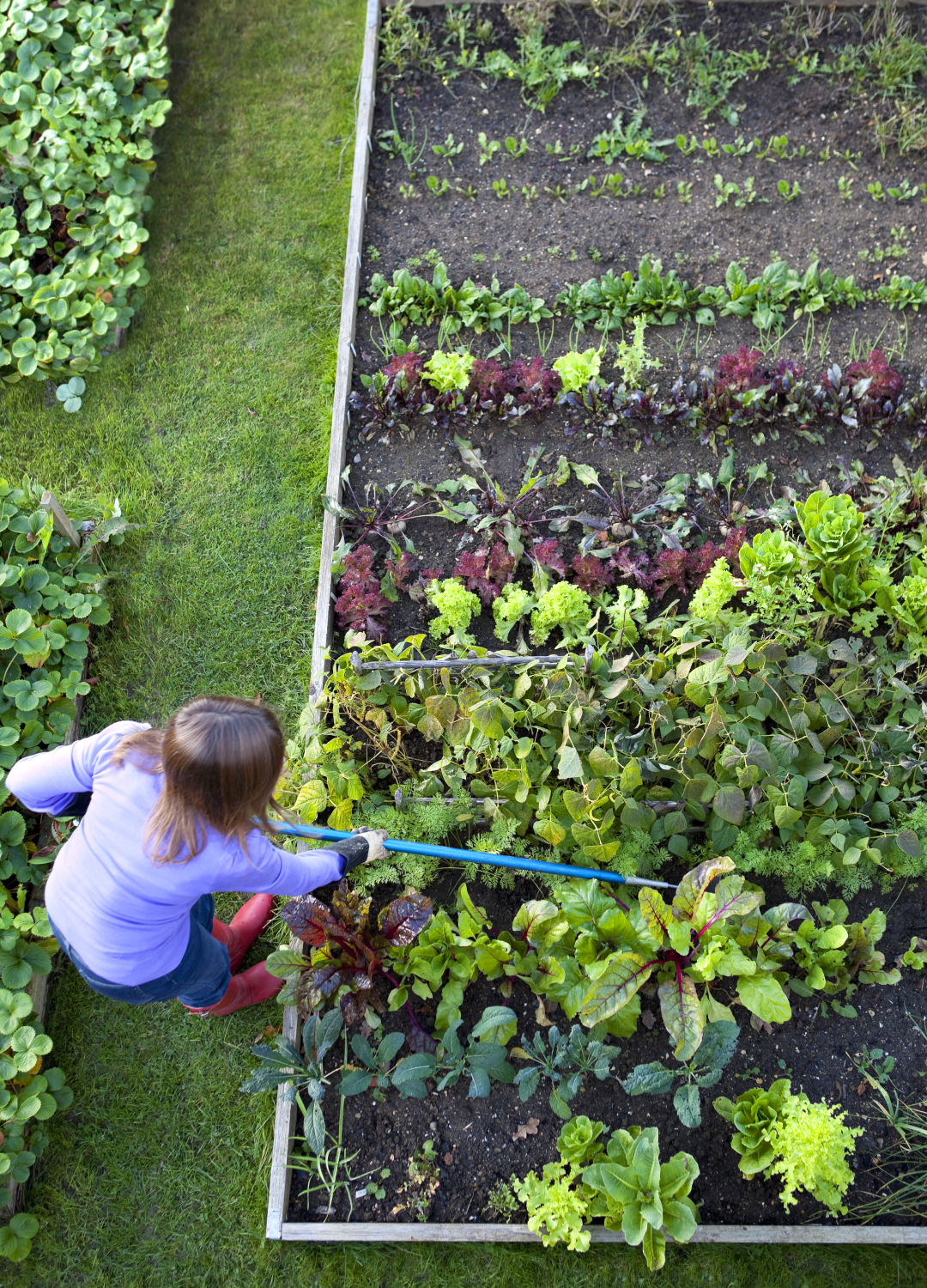
Incorporating raised beds into your garden can give your plants the helping hand they need to flourish. They typically come with a wooden barrier for extra protection, aid drainage and keep plants, herbs, veggies and flowerbeds safe from weeds and pests.
Pay attention to seasonal blooms
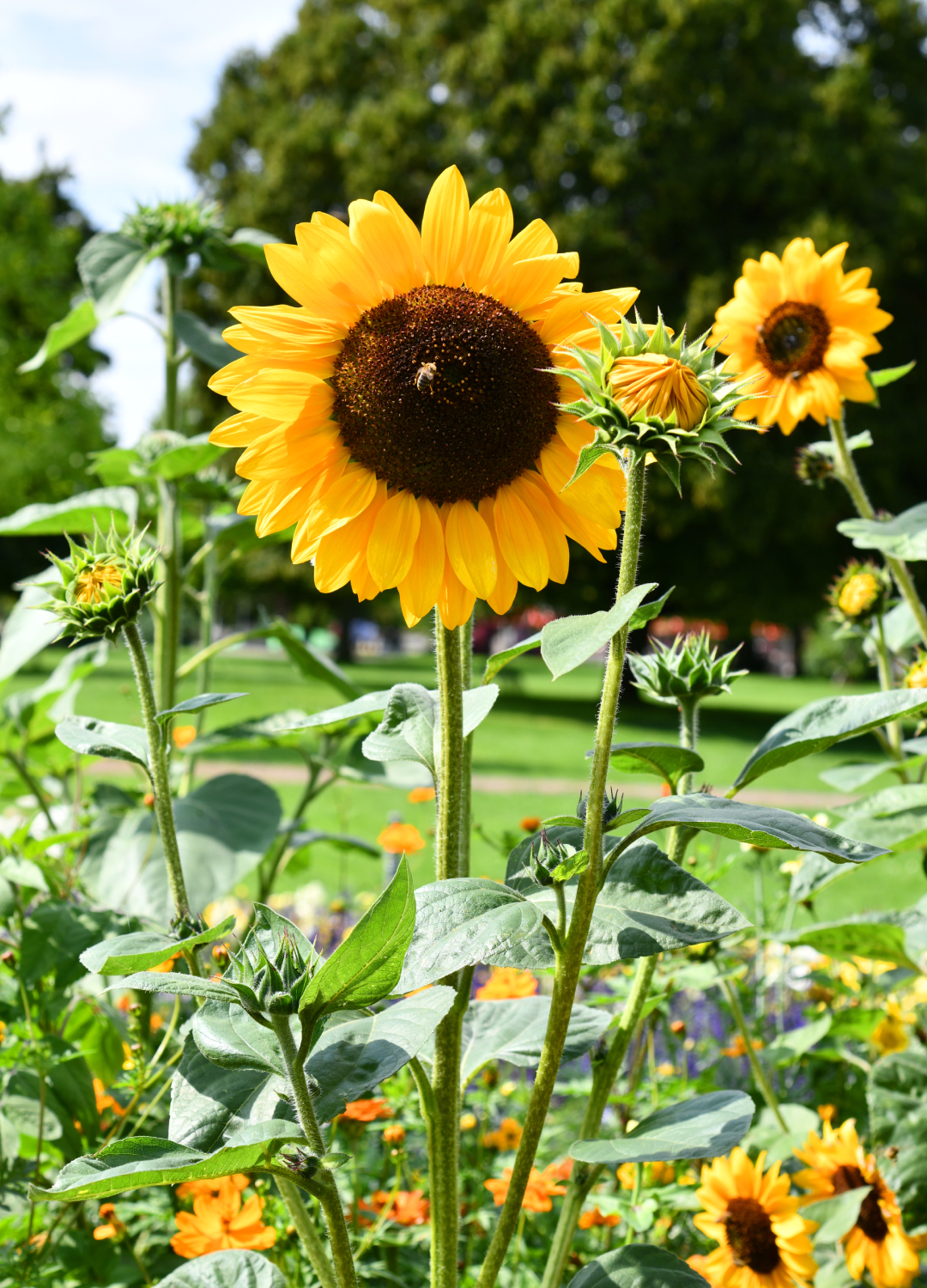
As with everything to do with nature, paying attention to the seasons should be one of your first considerations when planning your planting schedule. For example, spring is the best time to plant perennials and annuals, while pansies can handle the light frost of winter.
Consider an irrigation system
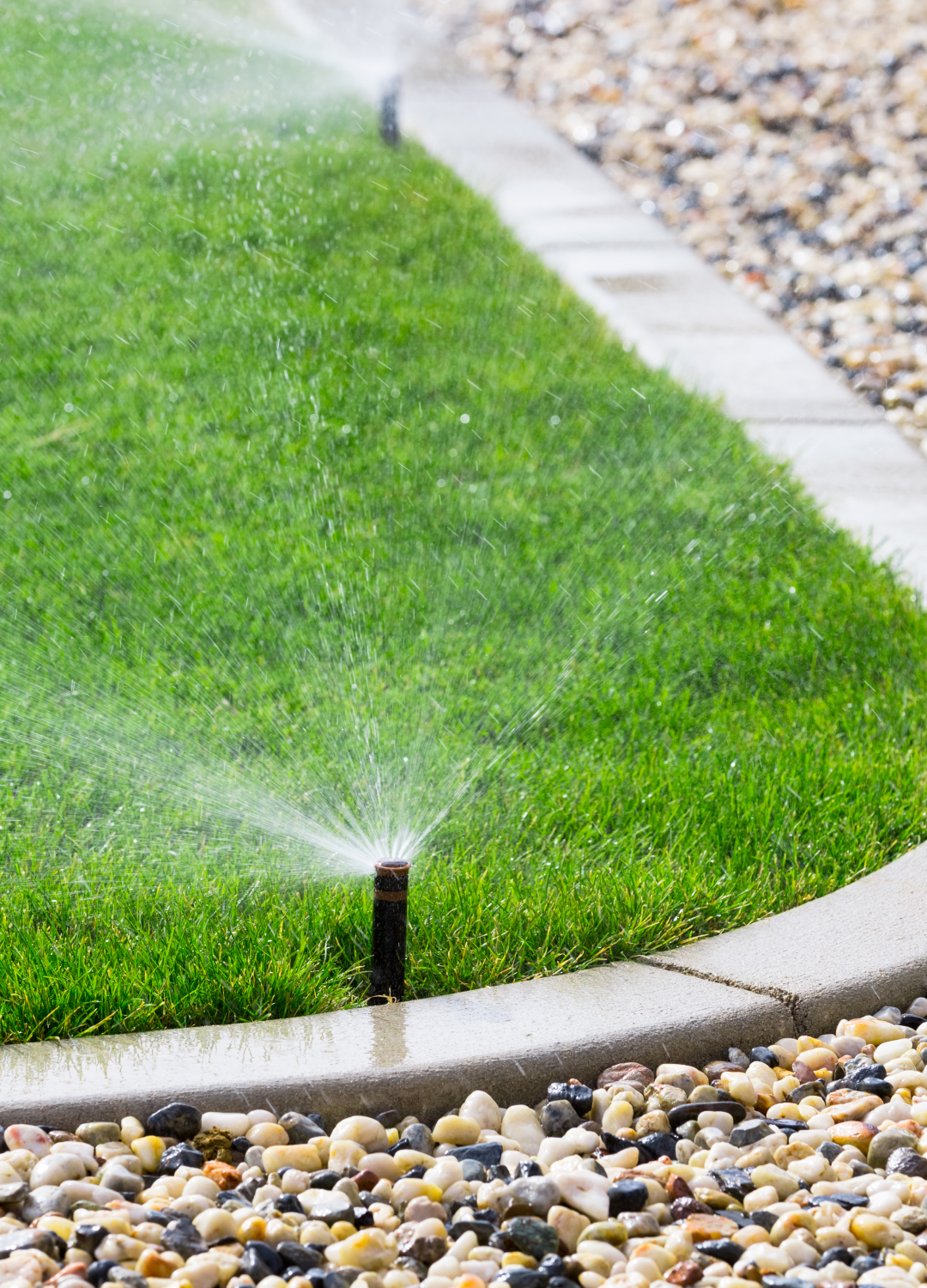
We can't always find time in our packed schedules to water our gardens as often as we can, which is where technology comes in. There are plenty of automatic garden watering systems on the market to choose from, suiting all budgets.
Limit pesticides and chemicals in the garden
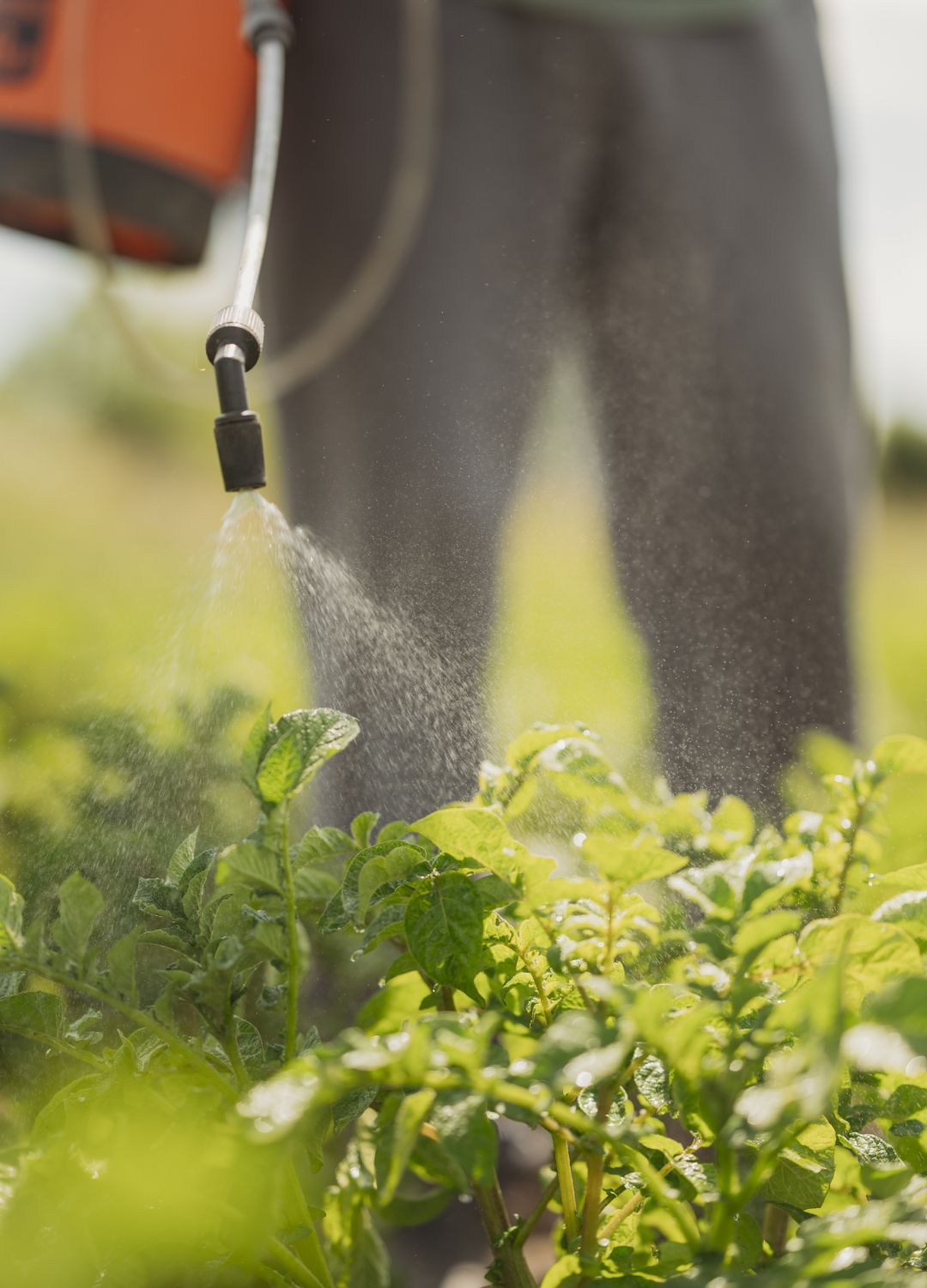
With a little care, consistency and understanding, anyone can create (and maintain) a thriving garden. You don't need chemicals or pesticides to assist you - and these can be damaging to wildlife and pets.
Go large with plant pots
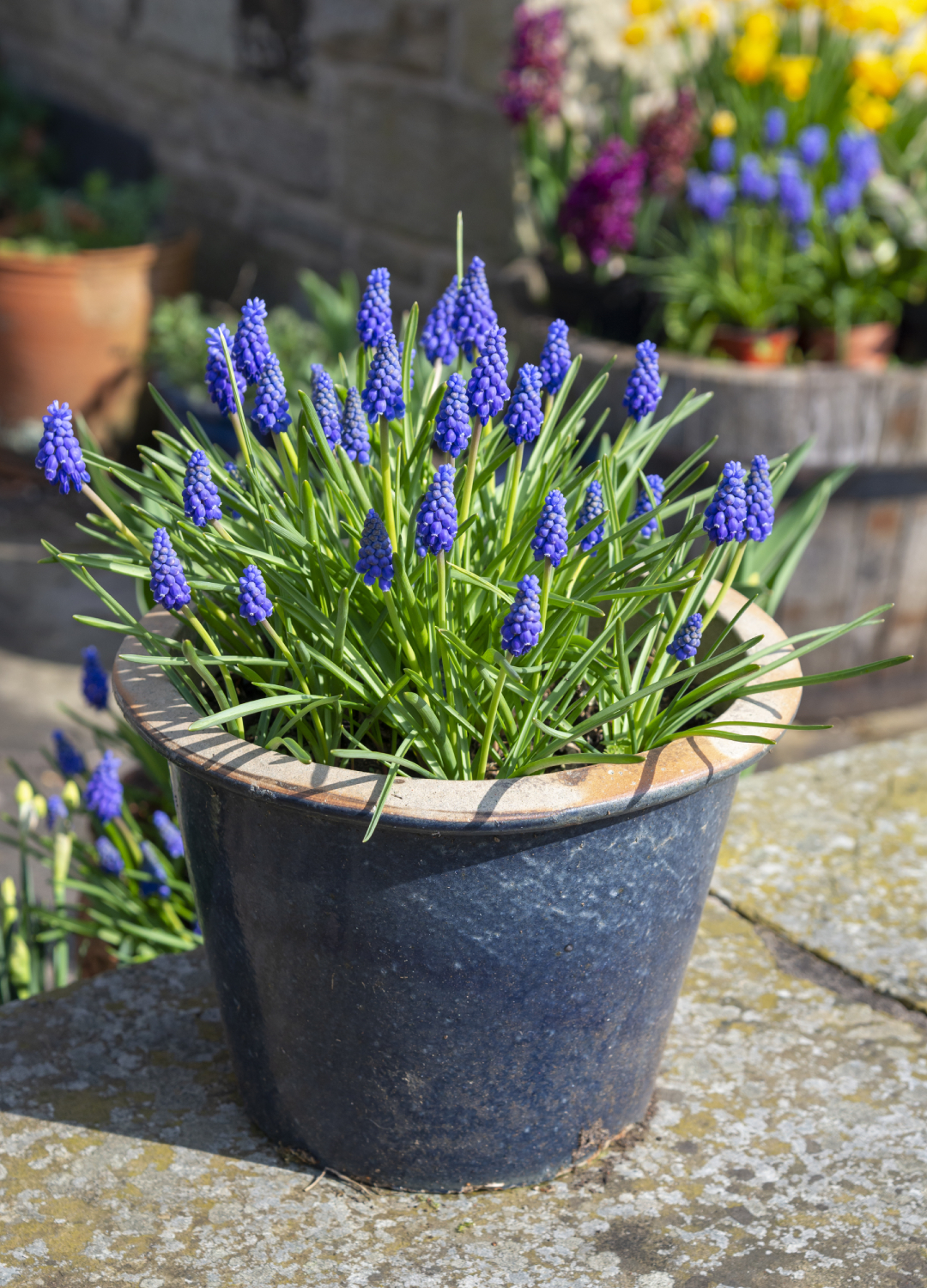
Bigger plant pots look stylish and it's generally easier to care for plants in bigger pots than in small ones. Smaller pots dry out quicker and will typically need more watering, so you're more likely to fall behind.
Limit digging during dry periods
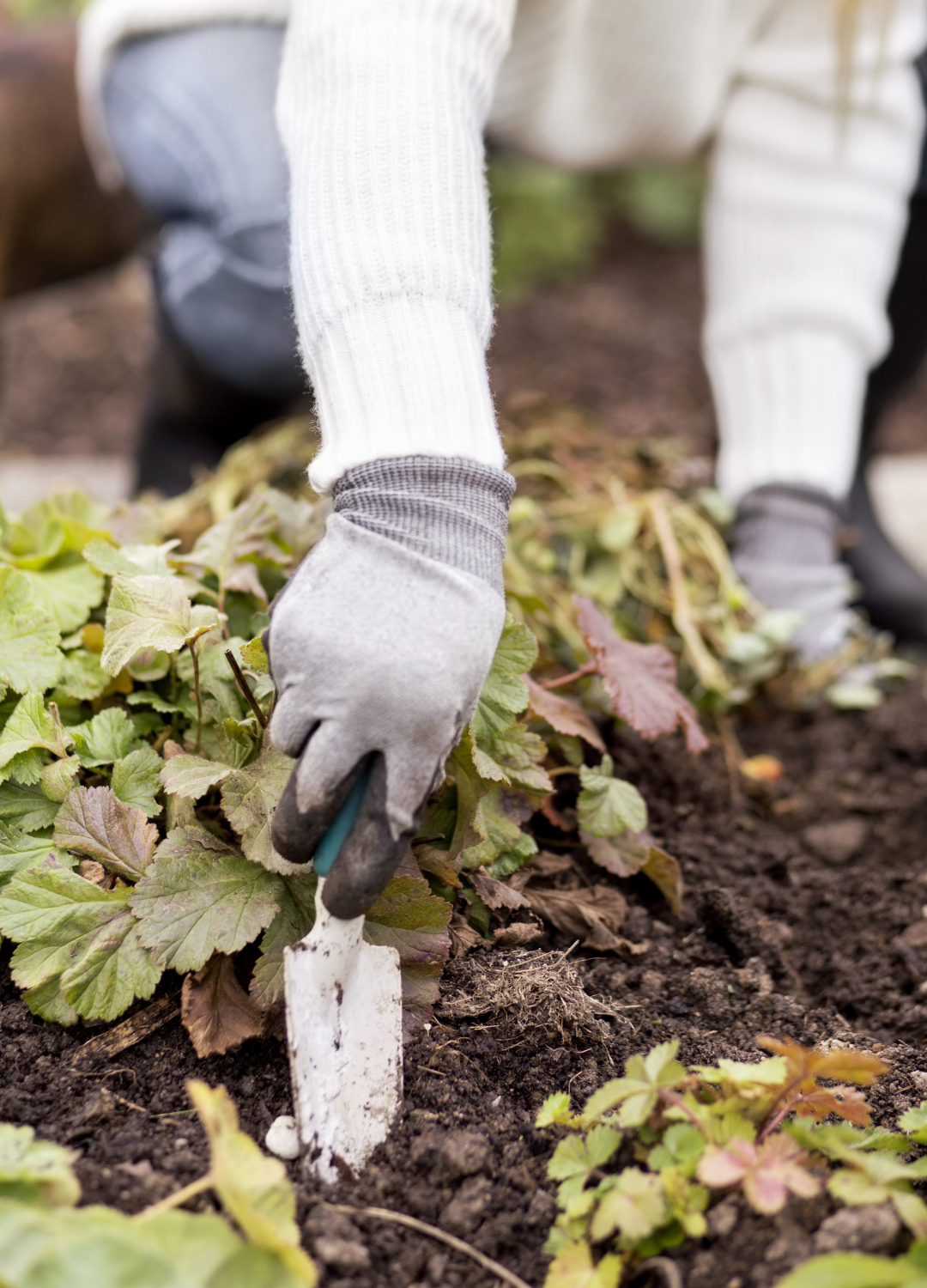
Digging in moist soil is always preferable, as vigorous digging in dry weather can potentially damage the soil and damage plant roots. If the weather is dry, consider watering the area first to protect the soil.
Consider fruit trees
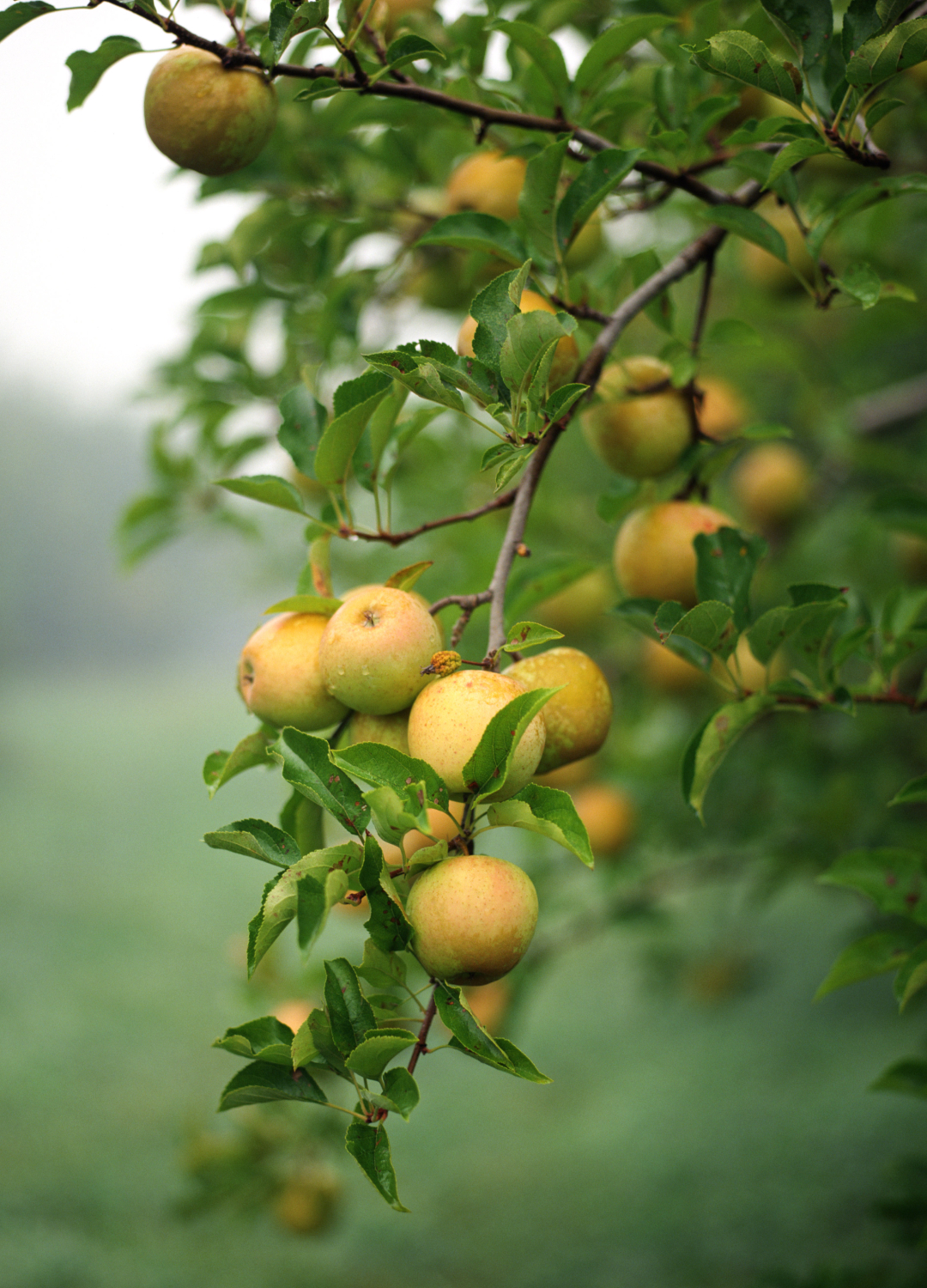
Fruit trees not only look beautiful and provide delicious produce - they're also a lovely way to attract wildlife like bees to your garden, providing nectar for pollinators. Plus, they're a good option all year round, with cherry trees and plum trees flowering as early as January.
Encourage wild life
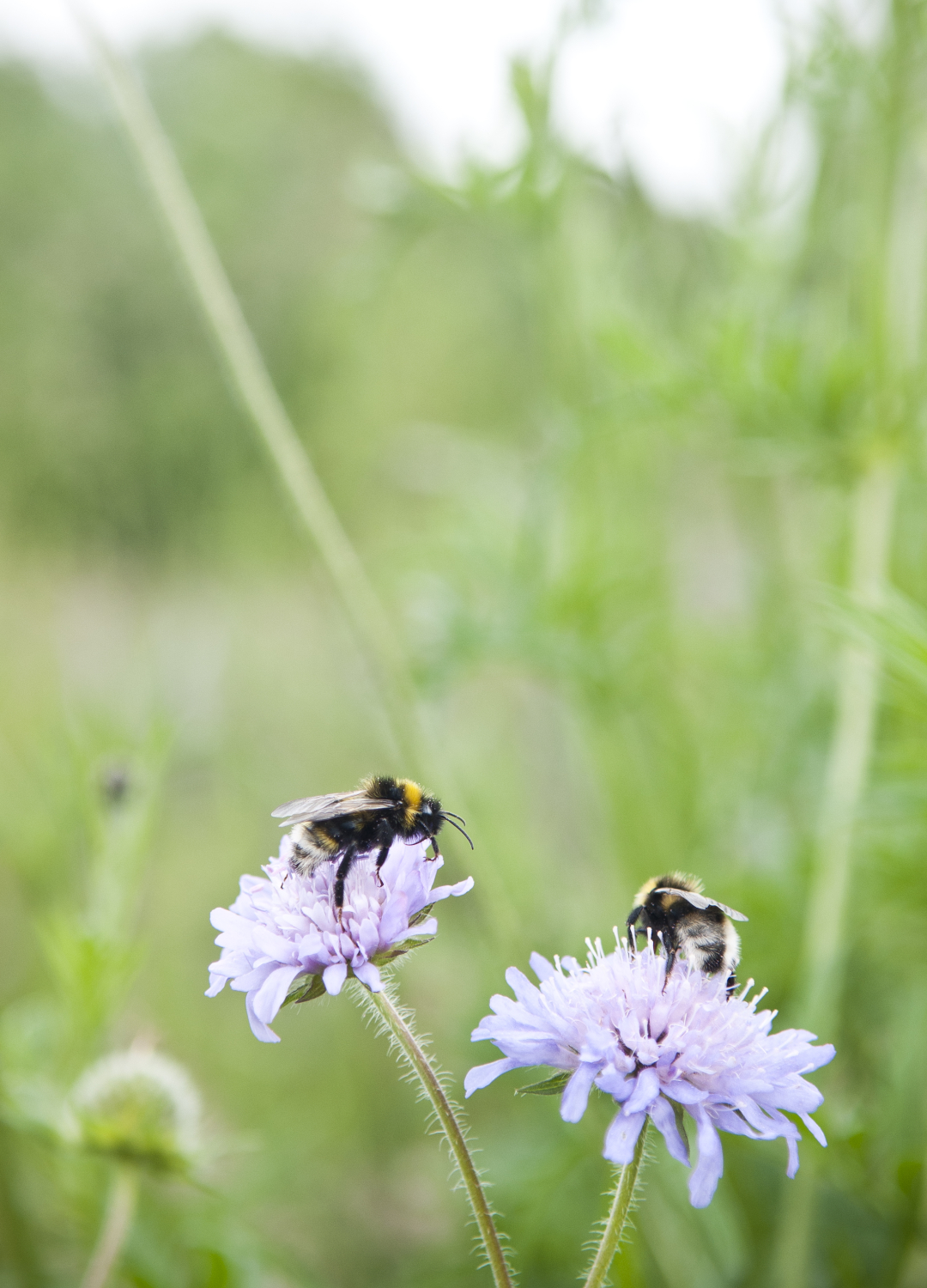
Encouraging bees, birds and mammals in your garden helps to boost biodiversity and keep pests at bay. While animal waste may be unpleasant, it can actually help garden plants grow and makes a good addition to compost.
Consider a vegetable patch
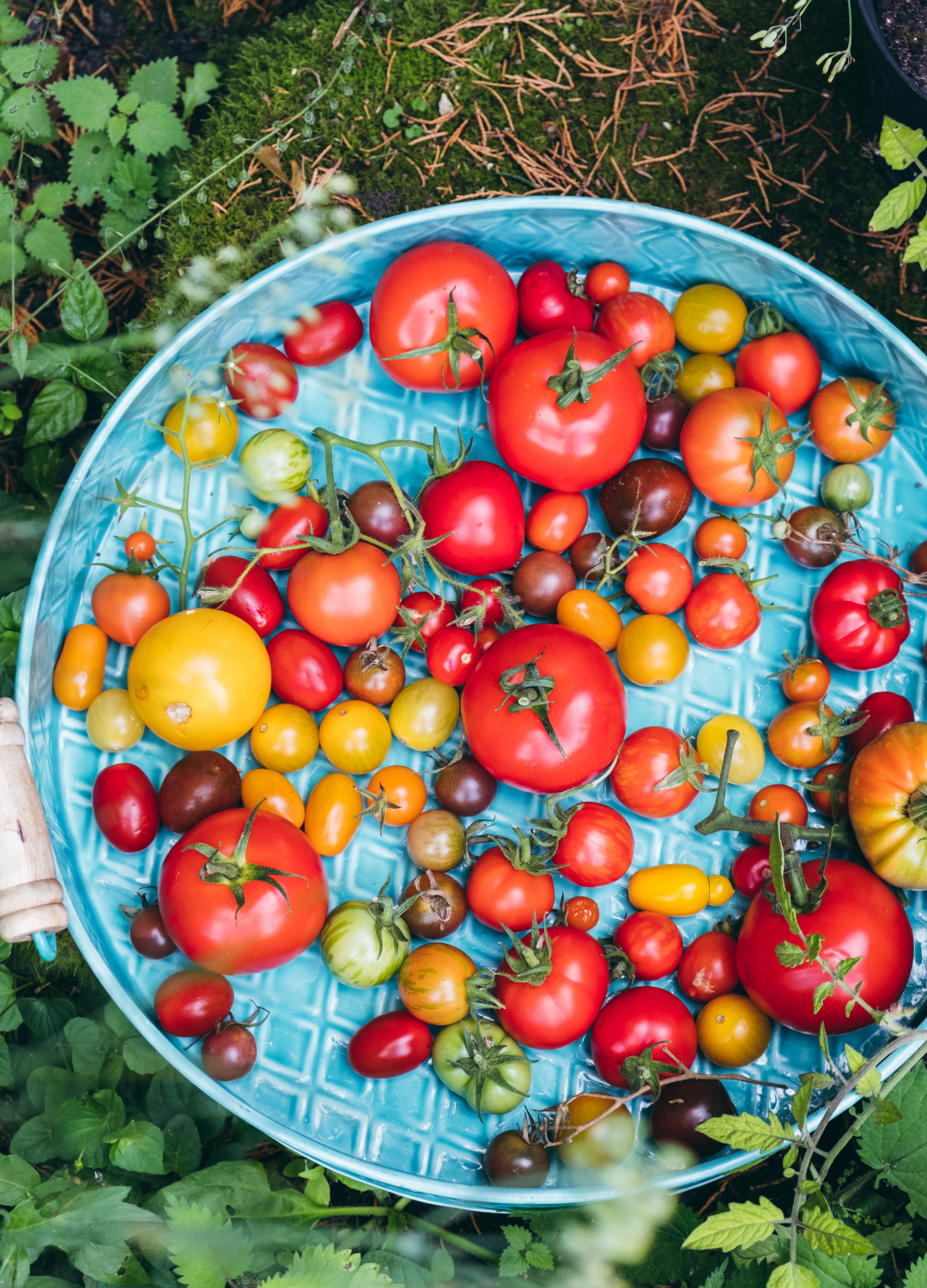
Bright and colourful veggies are a surefire way to brighten up your garden. Plus, homegrown produce is good for our bank balances and the planet and helps us to live more sustainably.
Plant sweet-smelling flowers
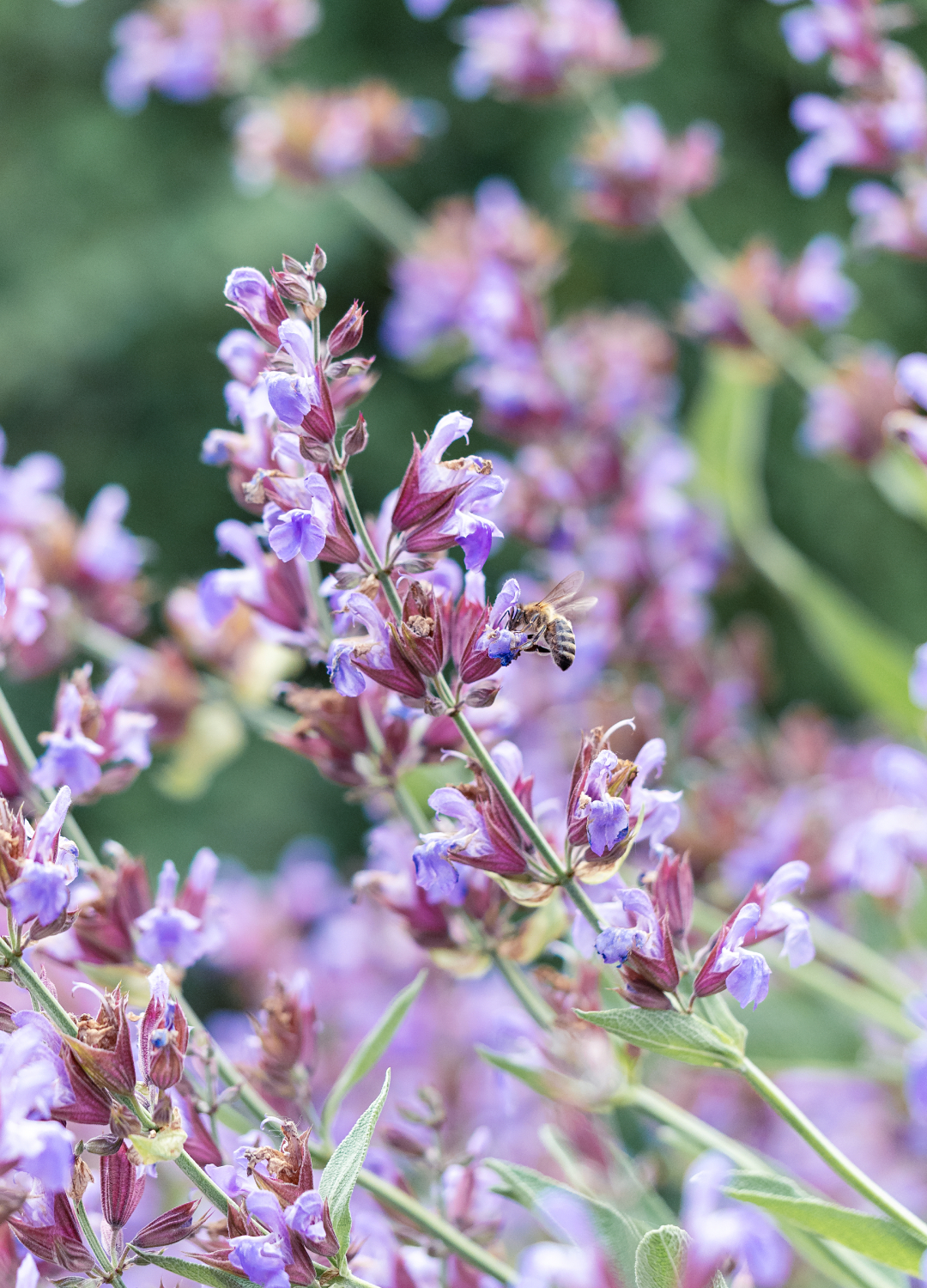
Colourful blooms often smell wonderful and look beautiful. Flowers like lavender, roses and honeysuckle have incredible natural fragrances and will bring some colour into your garden.
Get the whole family involved
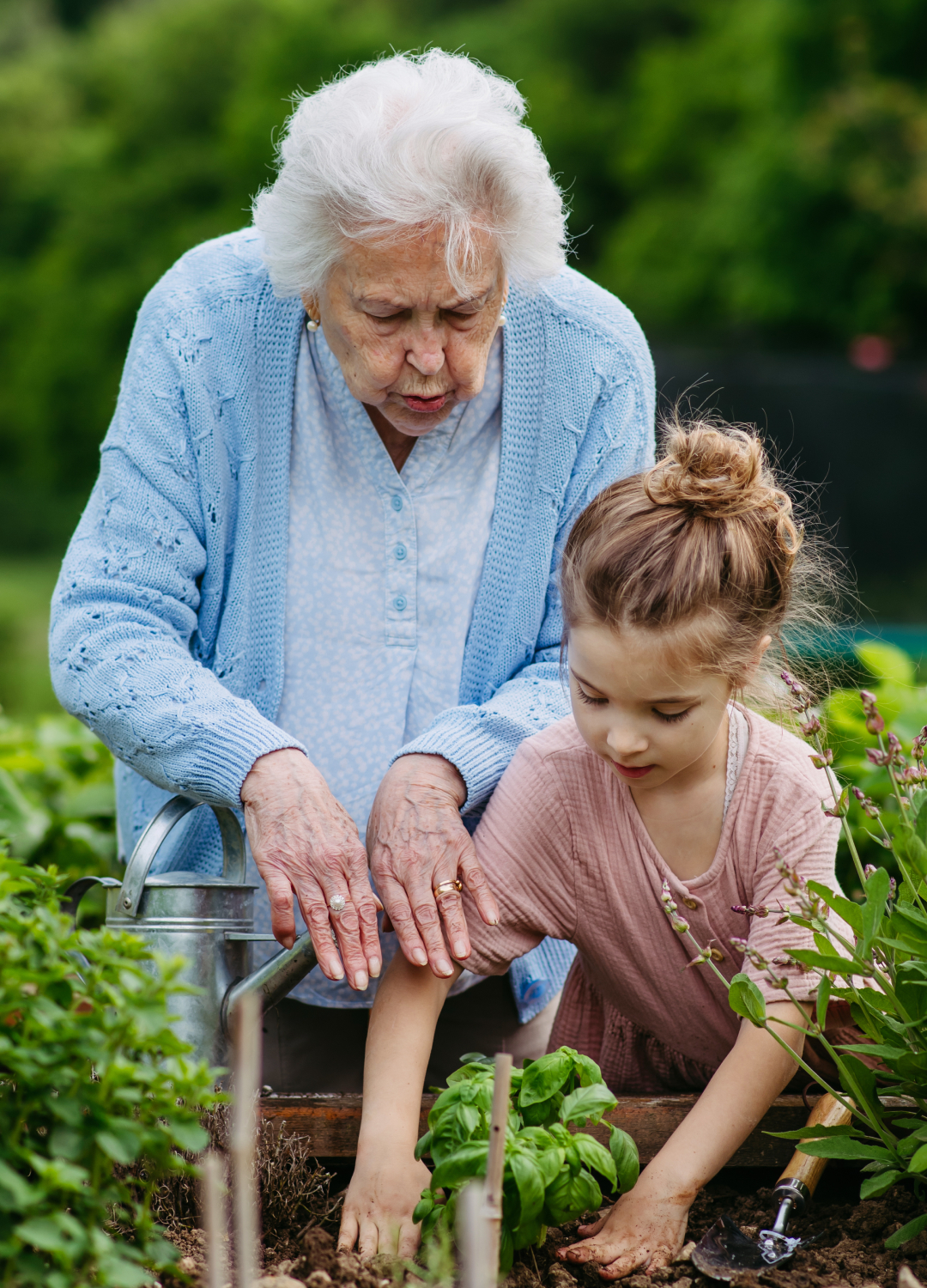
Gardening should be a fun experience that the whole family can get involved in. By making it a fun activity that family members can bond over, it's all the more motivation to keep the groundwork up.
Grow your favourite ingrediants - and make good use of them
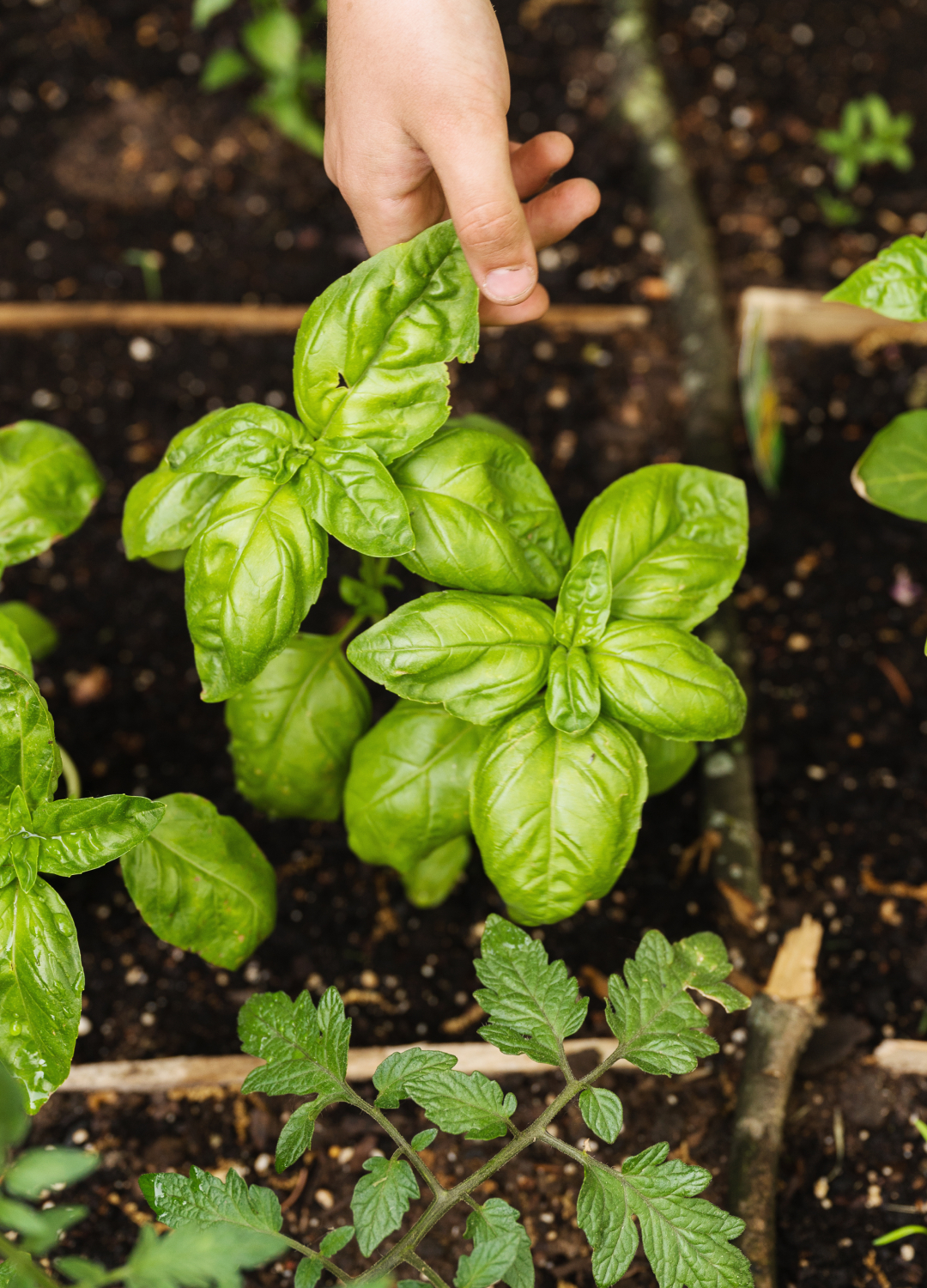
It can be a great motivation to grow herbs and veggies that we can later use in cooking. Not only is a herb garden a great addition when it comes to home cooking, but herbs are also very fragrant and an attractive addition to your garden.
Have some patience
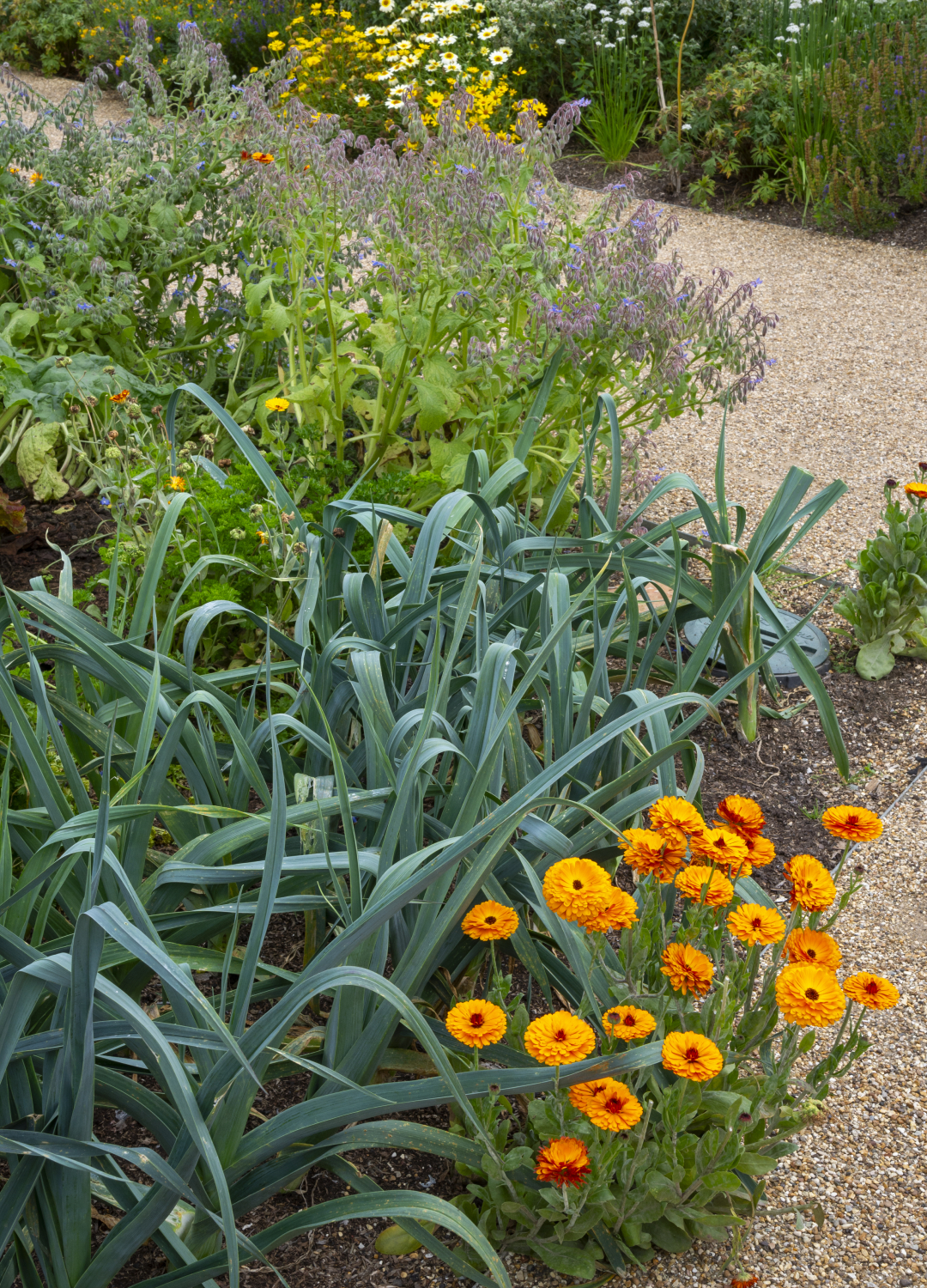
A beautiful garden won't happen overnight; it takes patience and perseverance. Think about the season you're beginning your gardening journey in and how things will develop once the weather shifts. And don't be disheartened if things take a little while to get going.
Have fun with it
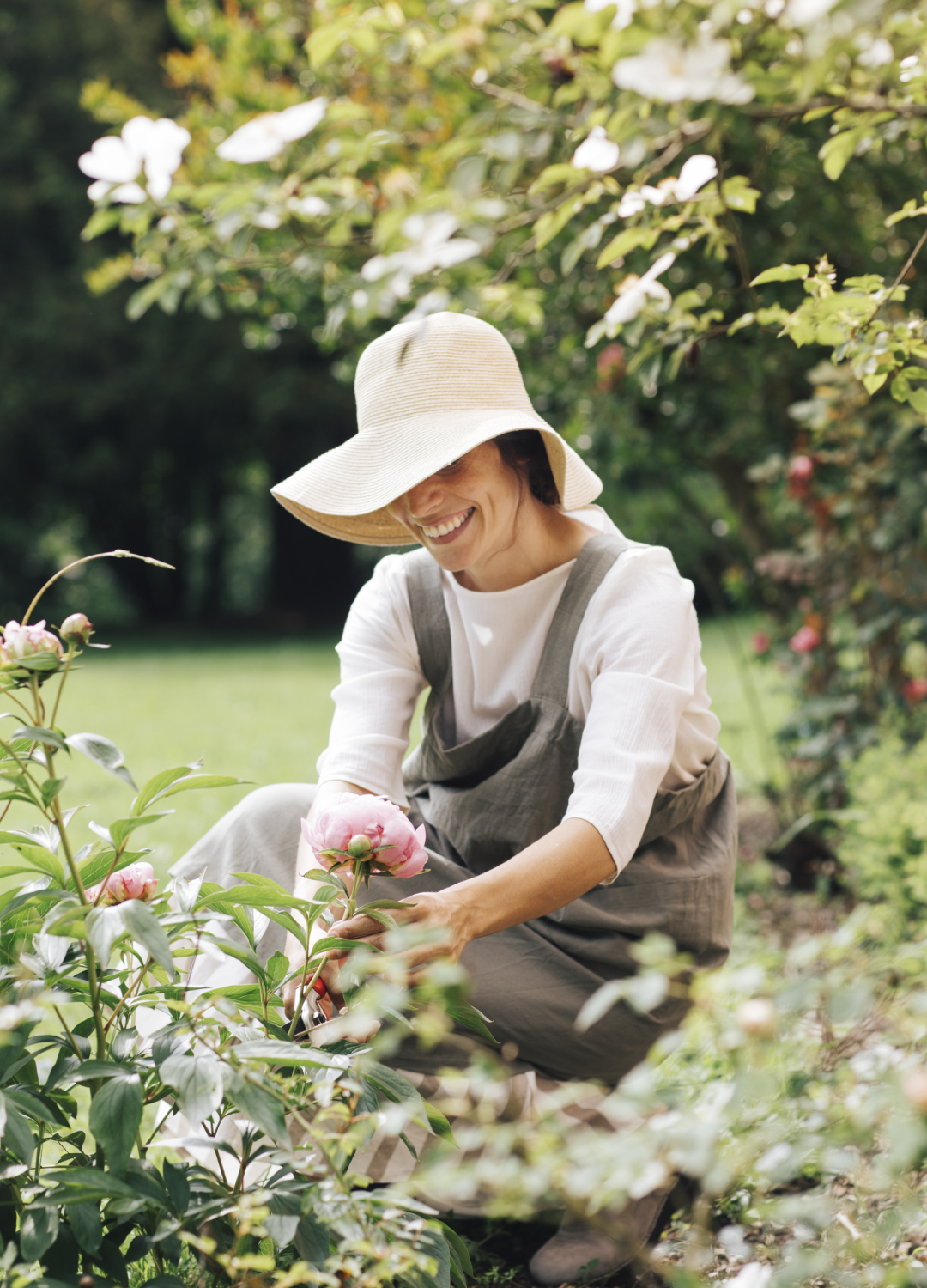
Gardening is a favourite pastime for millions nationwide for good reason - it's a satisfying and fun hobby rather than a chore. Don't dread a gardening session. Instead, put on your favourite playlist, arm yourself with the right tools - and enjoy it.
Experiment with bright colours
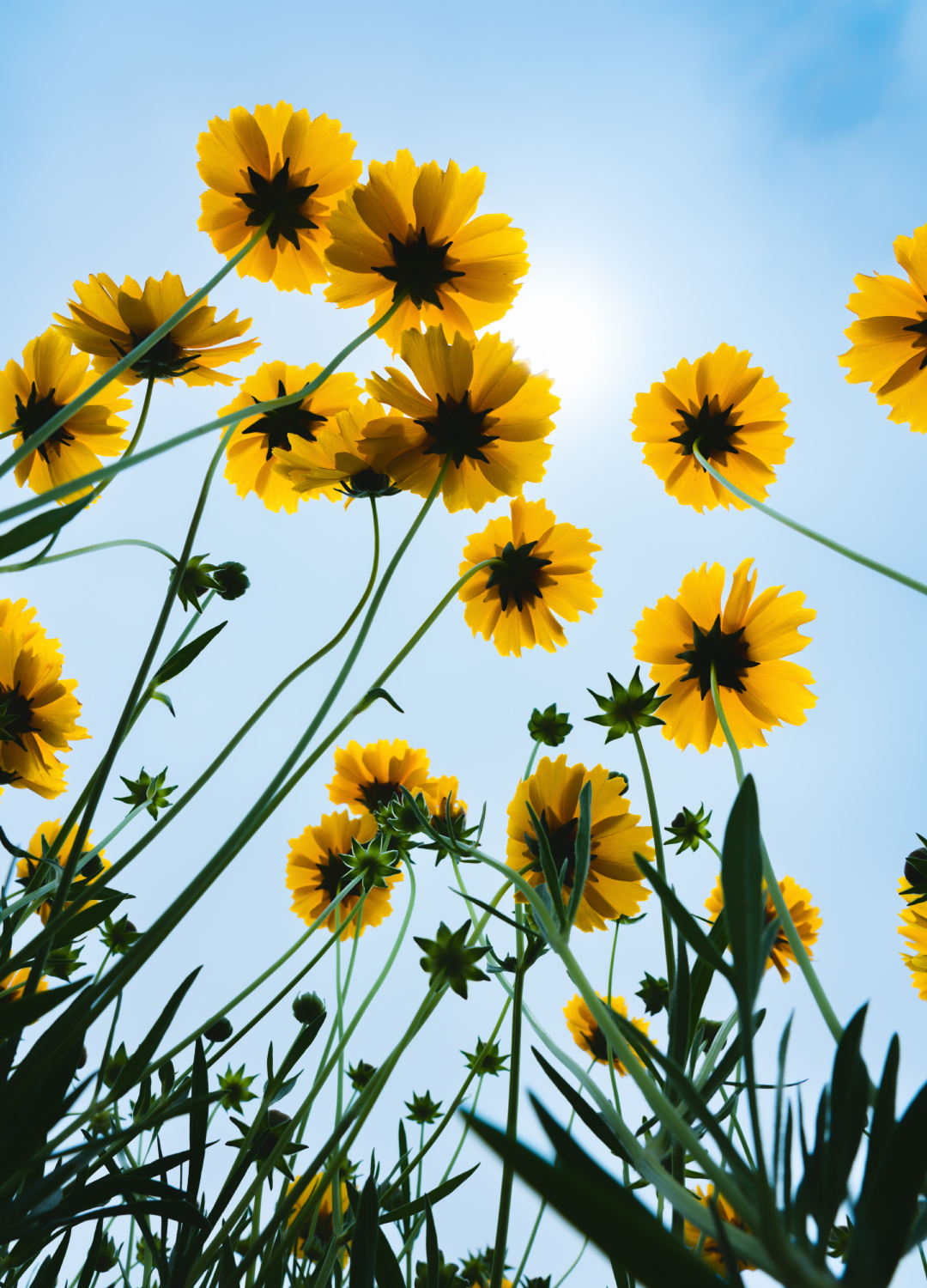
While a typical English country garden might be filled with soft pinks and lilacs, vibrant colours can look stunning in an outdoor space, and there are no rules when it comes to mixing and matching colours.
Learn more about the plants you're growing
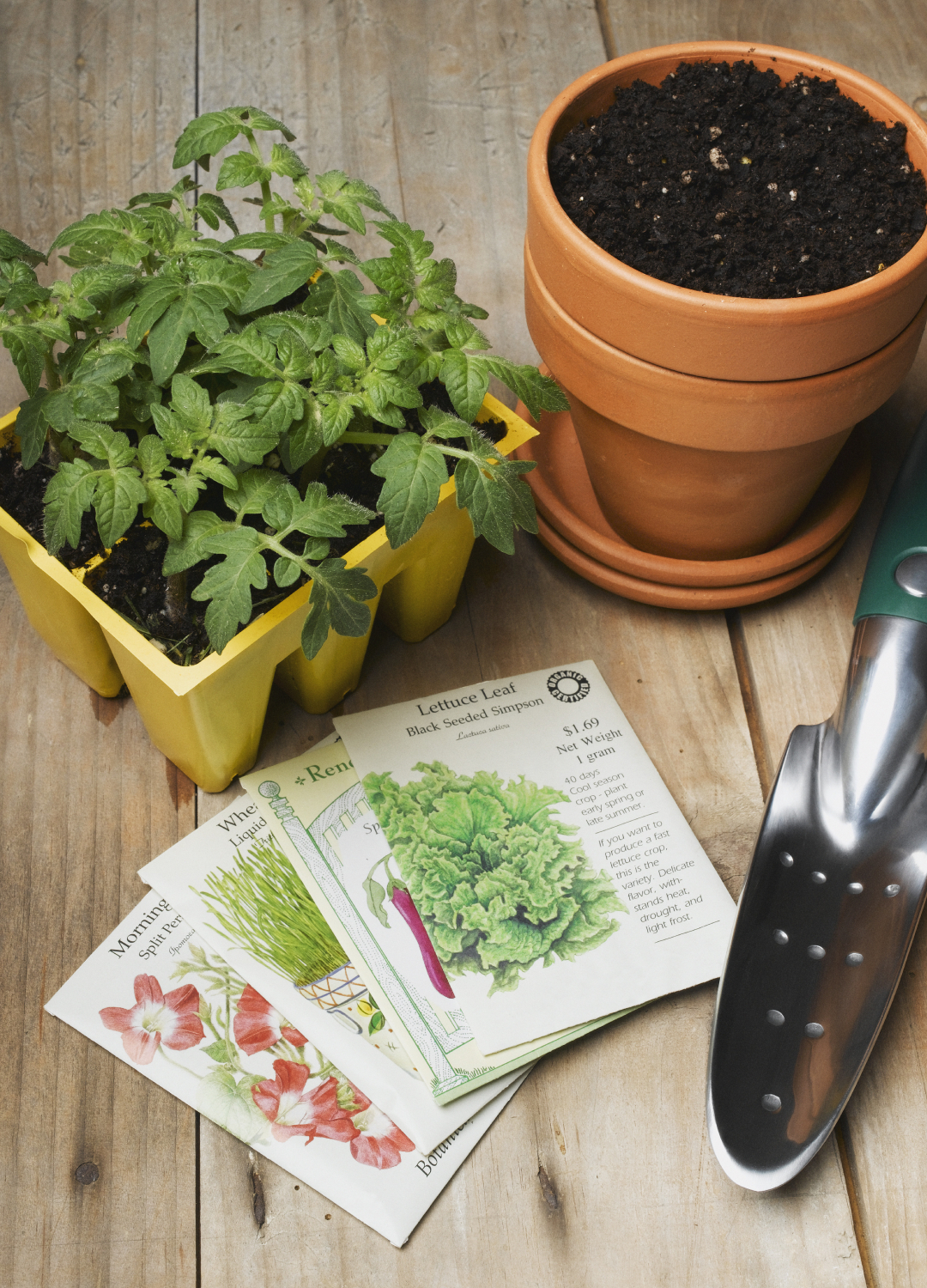
With anything to do with plants, flowers and gardening, it's worth doing your research. There are so many variables when it comes to plant life, but being in the know about how plants and flowers react differently to seasons and weather conditions will help your garden thrive.
Make time to enjoy it
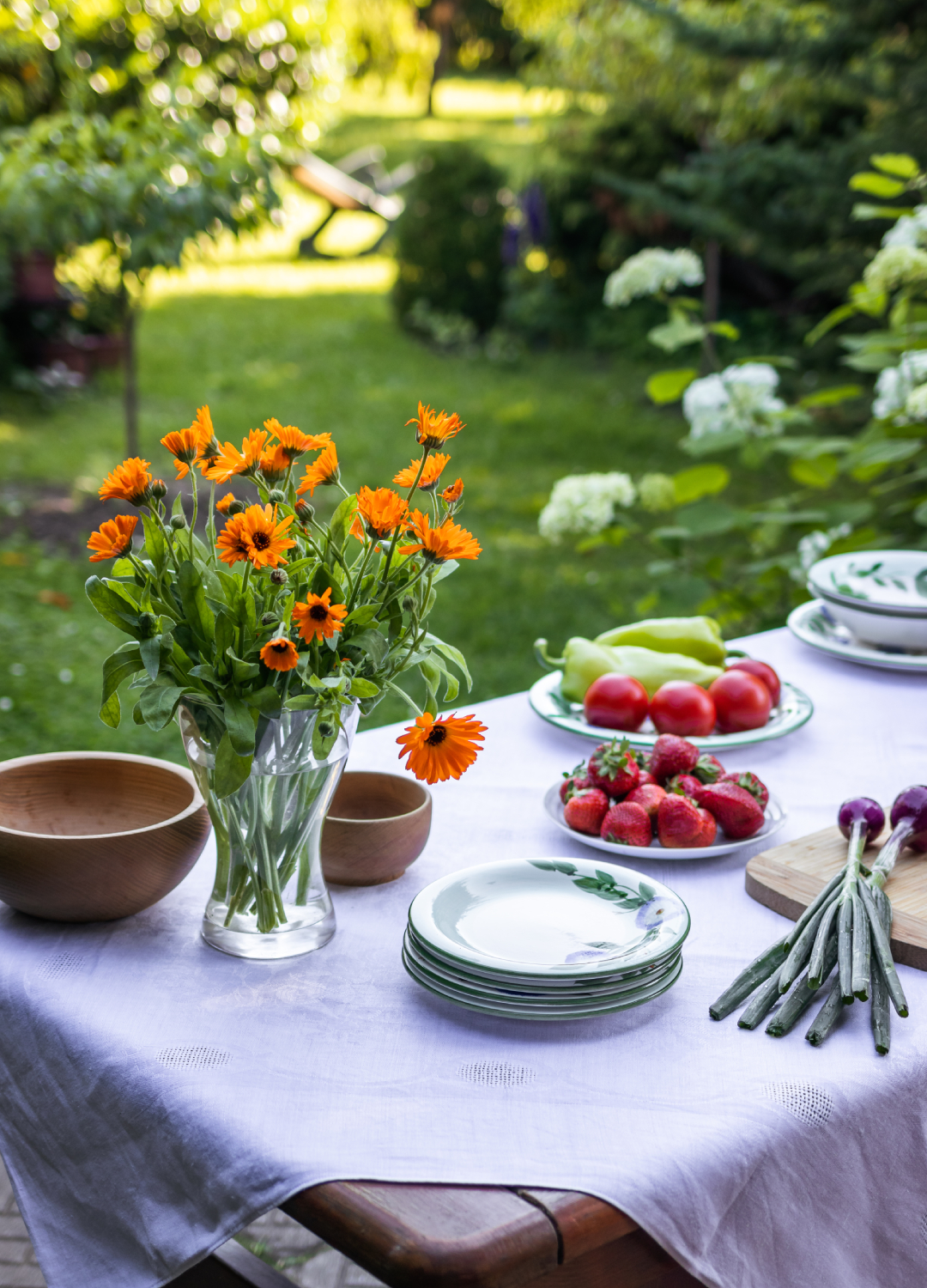
After all that hard work, make time to enjoy your beautiful garden. Host dinner parties with huge vases of flowers and outdoor candles, invest in a comfy outdoor chair for lengthy reading sessions and put out the picnic blanket for al fresco lunches.
Lauren is the former Deputy Digital Editor at woman&home and became a journalist mainly because she enjoys being nosy. With a background in features journalism, Lauren worked on the woman&home brand for four years before going freelance. Before woman&home Lauren worked across a variety of women's lifestyle titles, including GoodTo, Woman's Own, and Woman magazine.
-
 Need spring style inspiration? Jennifer Aniston proves a shirt dress is the most versatile item you can invest in
Need spring style inspiration? Jennifer Aniston proves a shirt dress is the most versatile item you can invest inIf you only buy one piece this weekend, make it a shirt dress
By Matilda Stanley Published
-
 Celebrities you never knew got their start as models, from Angelina Jolie's 'terrible' experience to A-listers who started as pageant queens
Celebrities you never knew got their start as models, from Angelina Jolie's 'terrible' experience to A-listers who started as pageant queensWhether it was just for a short time or it's how they got discovered for something else, these stars owe it all to striking a pose
By Jack Slater Published